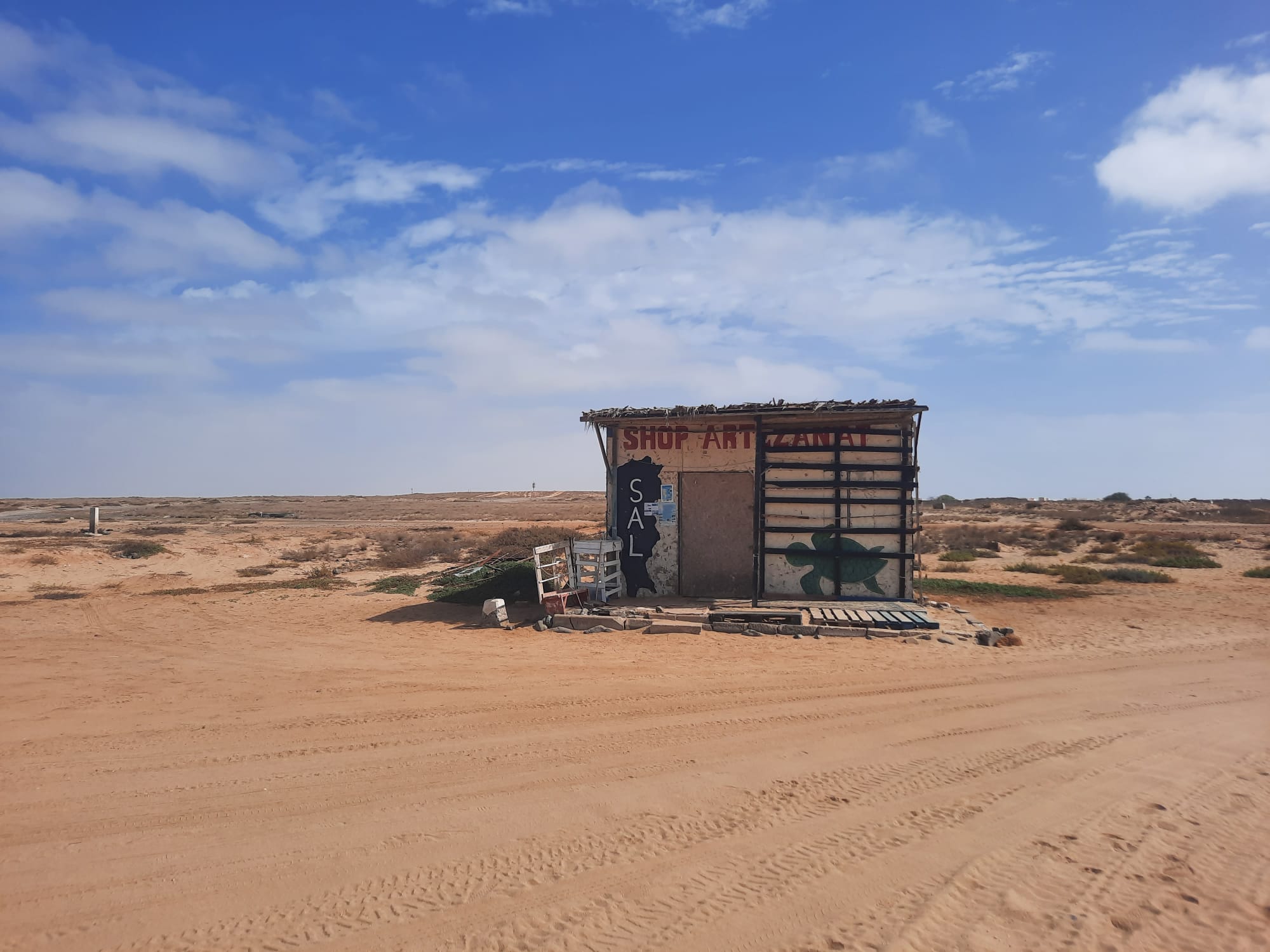Beyond The Beach Resorts In Sal, Cape Verde
So you’re planning a trip to Cape Verde, but don’t want to go all that way and never leave your all-inclusive hotel? Then this guide is for you! Read on to learn about Sal and Cape Verde’s history, culture, sights and food and gather inspiration for your own holiday.

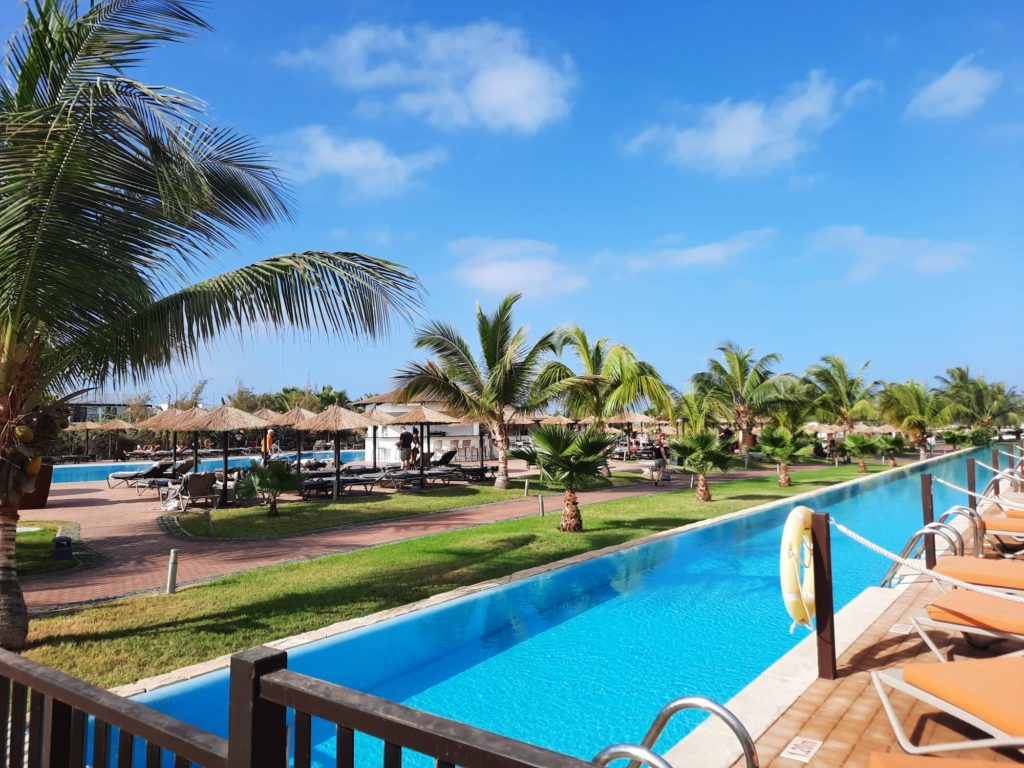
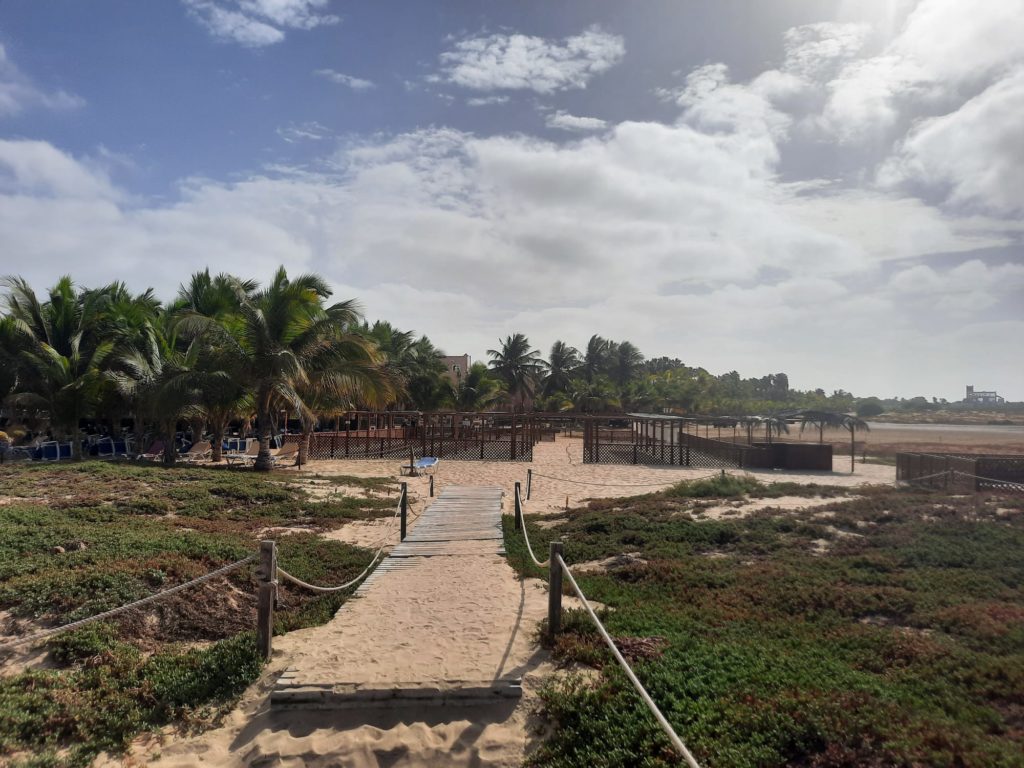

Introduction: a Week in Sal
Regular readers know that the Salterton Arts Review never misses a travel opportunity. So even when I book a week that’s all about rest and relaxation, I can’t help taking a small look at the history and culture of the place I’m going. When I wanted a beach holiday recently, my options to get a bit of sun without a long-haul flight were limited. I’d been to the Canary Islands before, so took a look instead at Cape Verde. It was not a place I knew much about, which was also part of its appeal.
And so the Urban Geographer and I took off for a week on Sal. We stayed in a lovely hotel which, aside from a few local specificities (more on this later), was more or less like every lovely all-inclusive hotel everywhere. We sat by the pool. Cocktails were consumed. We took a dip in the ocean from time to time.
But I found that, with a little planning, it’s possible to see quite a lot of the island. And thereby to understand more about its cultural and natural heritage. These are the insights I’m planning to share in today’s post. The idea is that, if you’re also a person who feels anxious at the thought of going to a new place and never leaving your hotel, you can take some inspiration for a well-balanced yet still relaxing and restorative week on Sal. So without further ado let’s dive into a mini history lesson and then look at the options!
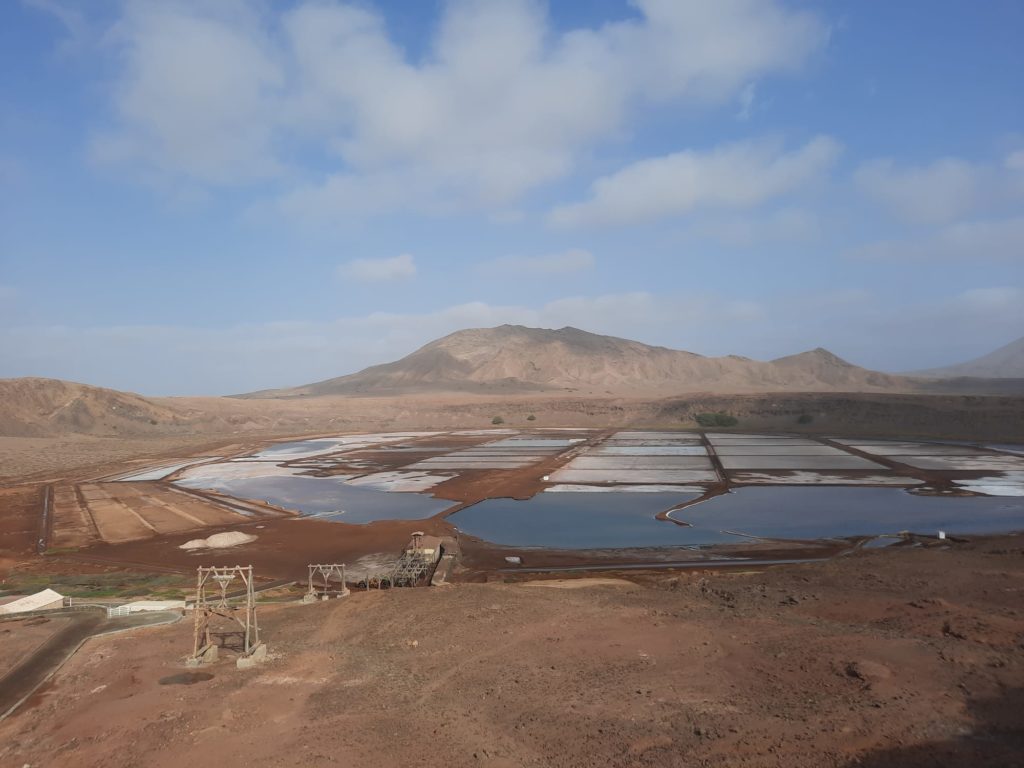

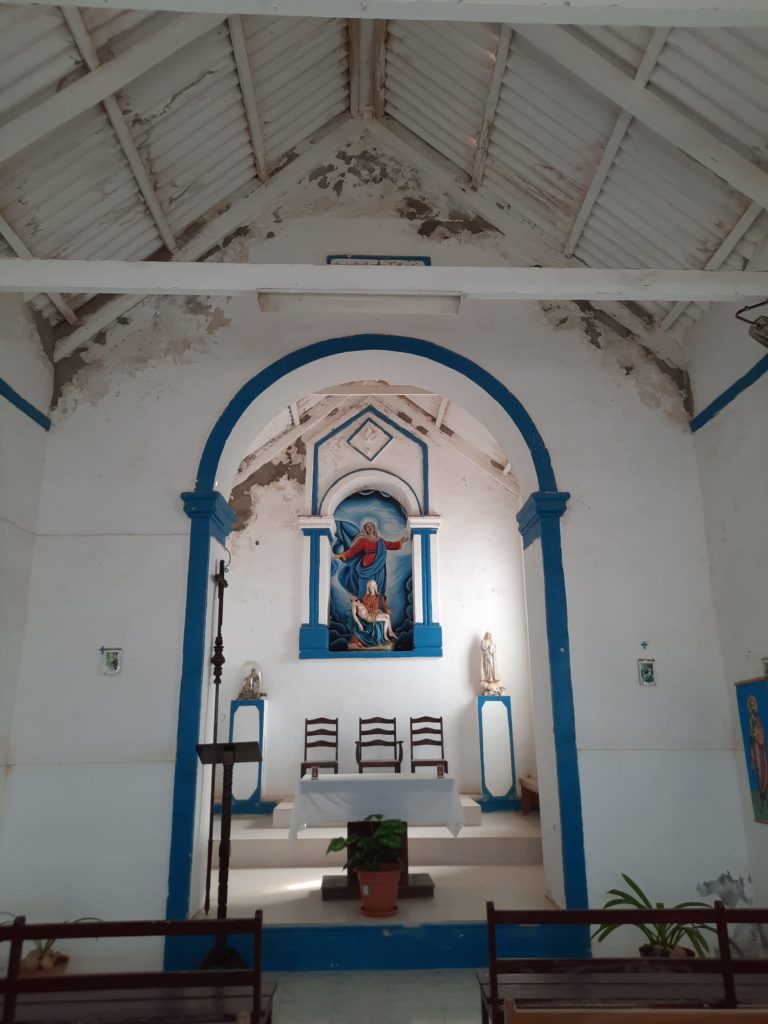
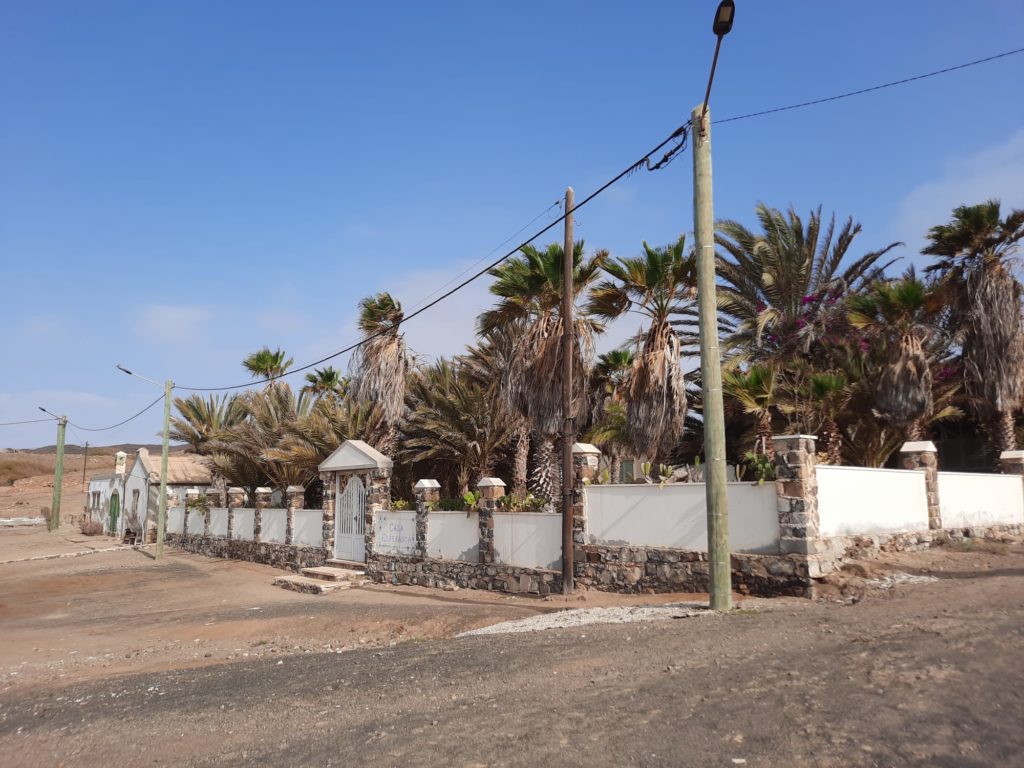
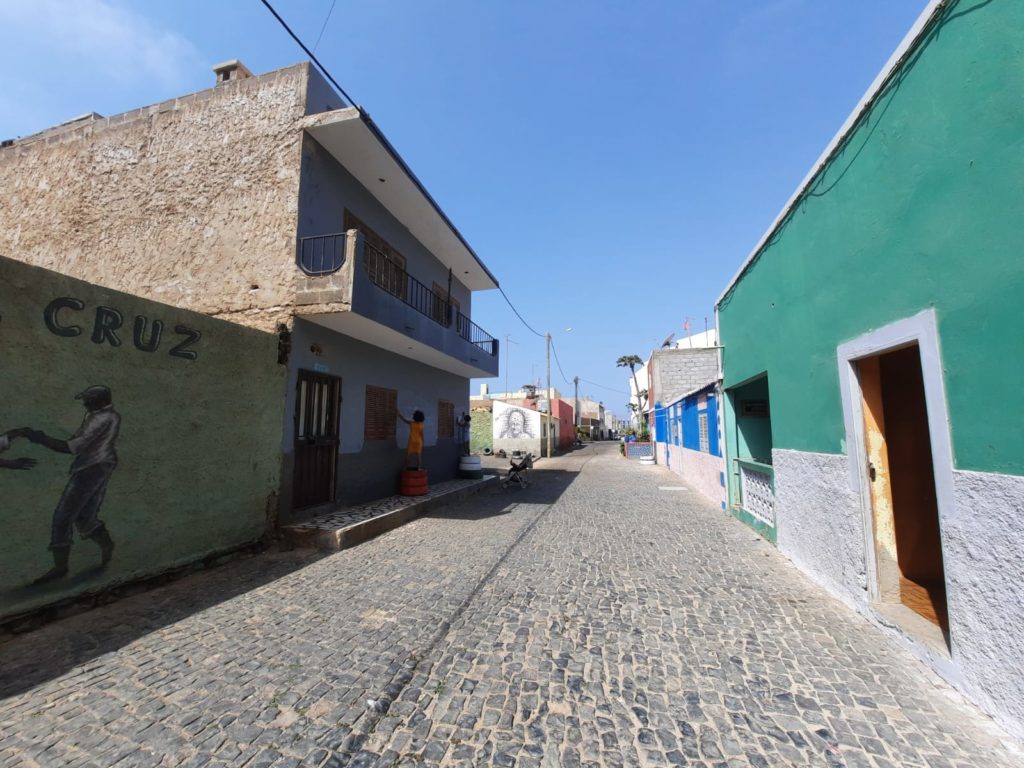
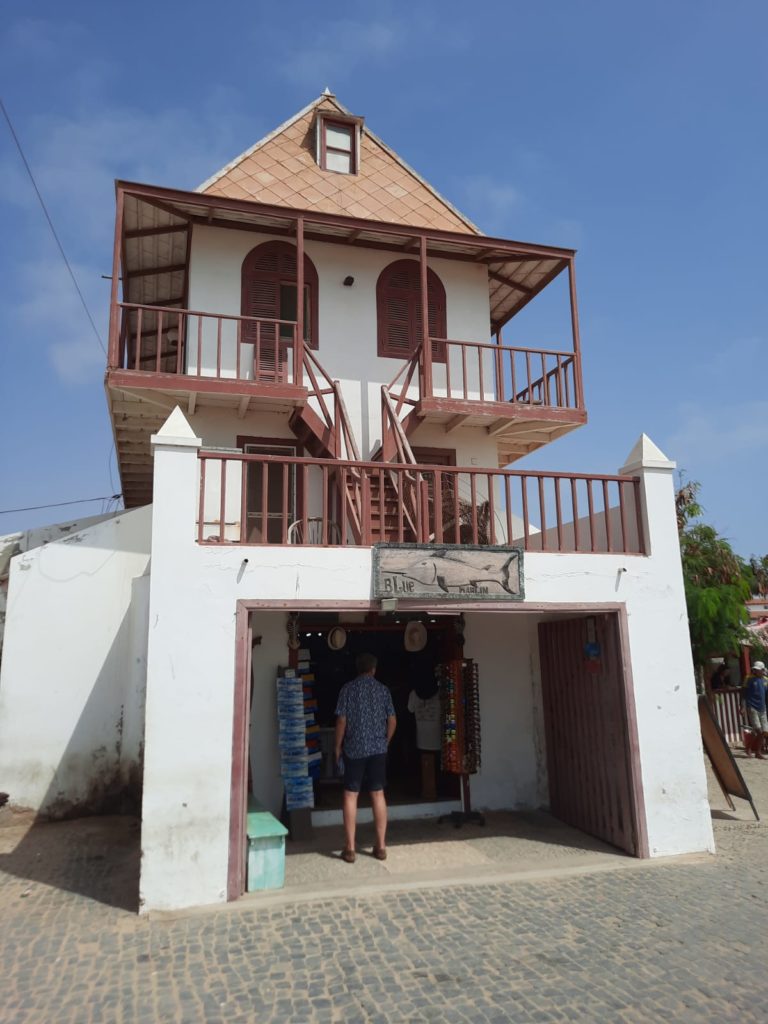
A Short History of Sal
The islands which today form the nation of Cape Verde were probably known in ancient times. But they were uninhabited until the Portuguese “discovered” them in 1456. Populating them was a slow burn. You see, the Americas hadn’t been “discovered” yet either so they weren’t yet a useful staging post for trans-Atlantic voyages. So the first inhabitants were adventurers, reprieved convicts, and Jewish people escaping persecution.
And Sal continued unpopulated for much longer than some islands. Discovered in 1460, its original name was Llana (meaning ‘flat’). Its name changed to Sal (‘salt’) when two large salt ponds were discovered. A natural resource ripe for exploitation, if only two barriers could be overcome: labour and water.
The water problem prevented the island from being inhabited, other than a small fishing village, until the turn of the 18th/19th century. It was then that Manuel António Martins thought it was about time someone started getting rich from all that salt. The trans-Atlantic slave trade was the unfortunate solution for the labour issue. Martins traded in enslaved people and brought some with him to Sal. And it’s clear from a visit to Sal’s salt pans that, even later when the labour was paid, this was hard work in tough conditions. Most salt was exported to Brazil until they ceased to want imported salt in the 1880s, causing an economic slump in Sal. Industrial salt production continued until 1984, however, and small-scale production continues today.
But salt it was which changed Sal into an island with its own population, culture, and creole dialect. Sal today has a population of around 40,000 people, and a size of 29.7 by 11.8 KM. Its 350 days of sunshine per year make it perfectly suited to the development of tourism as a main industry, although water remains an issue and a precious commodity.
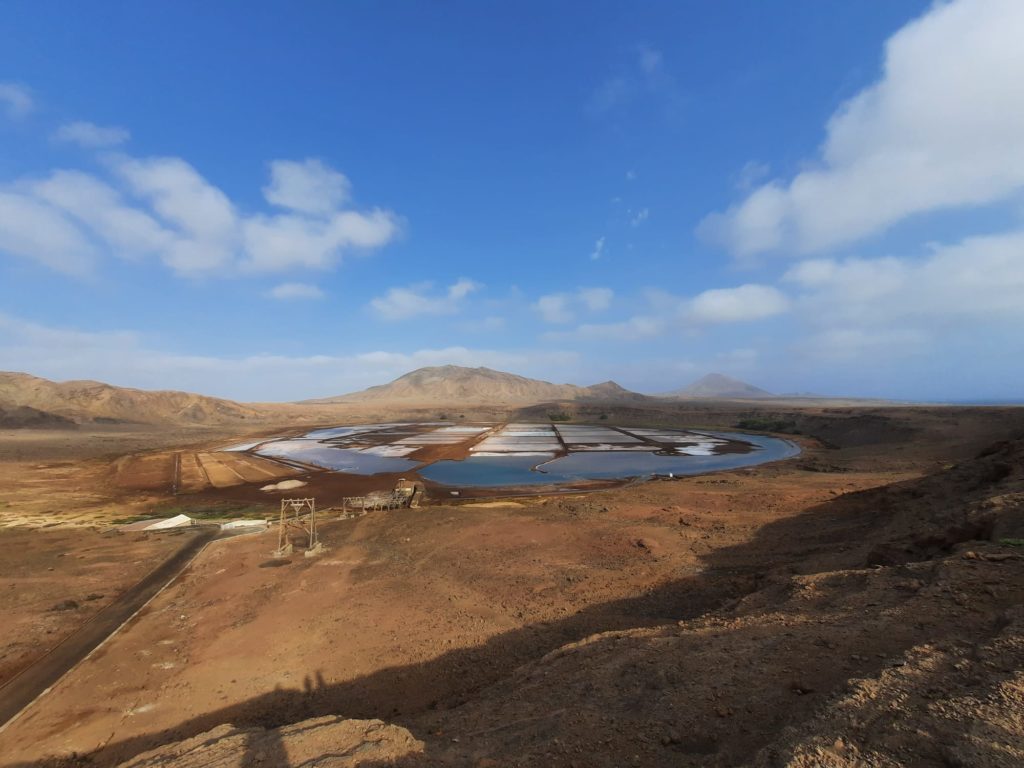
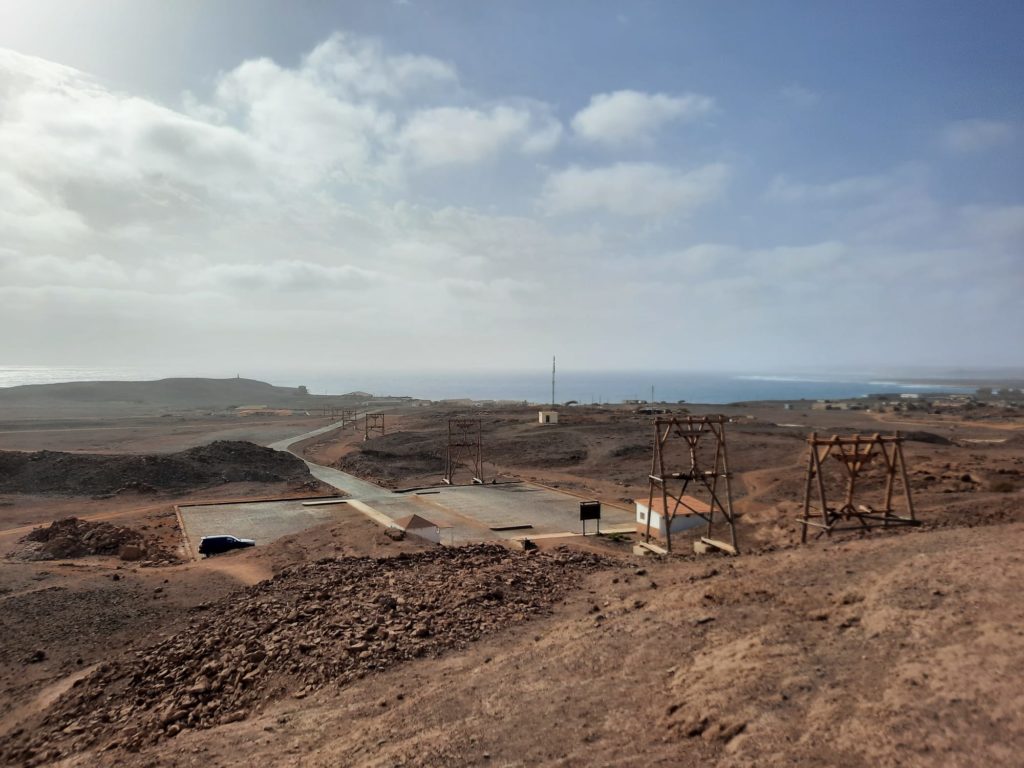


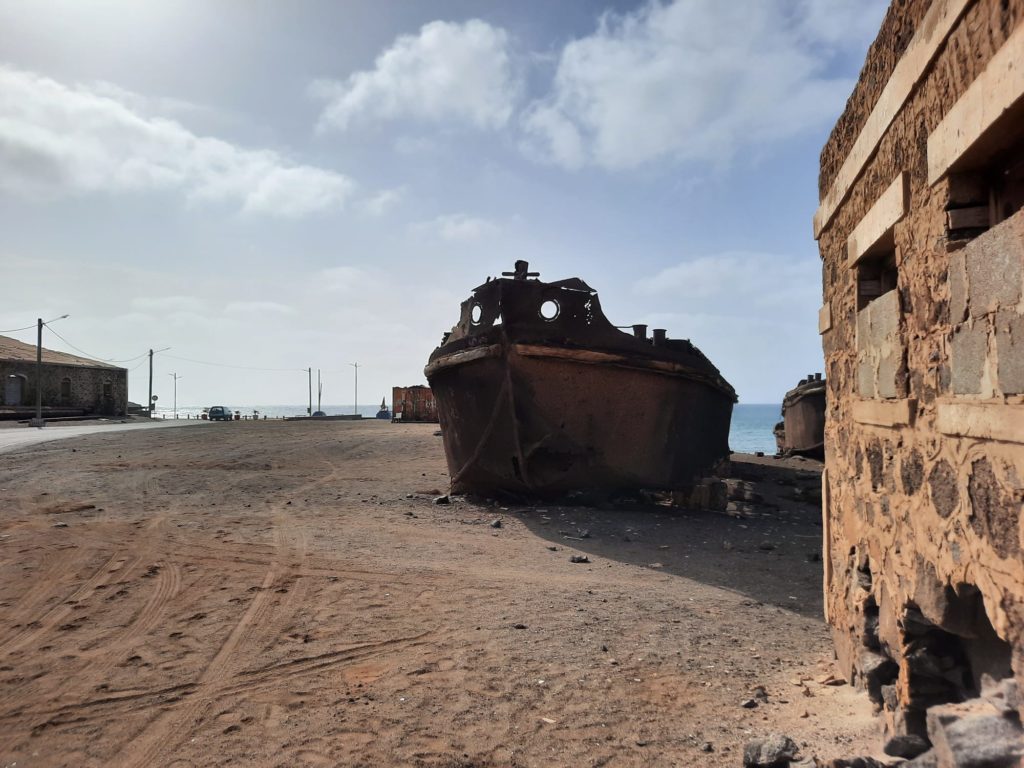
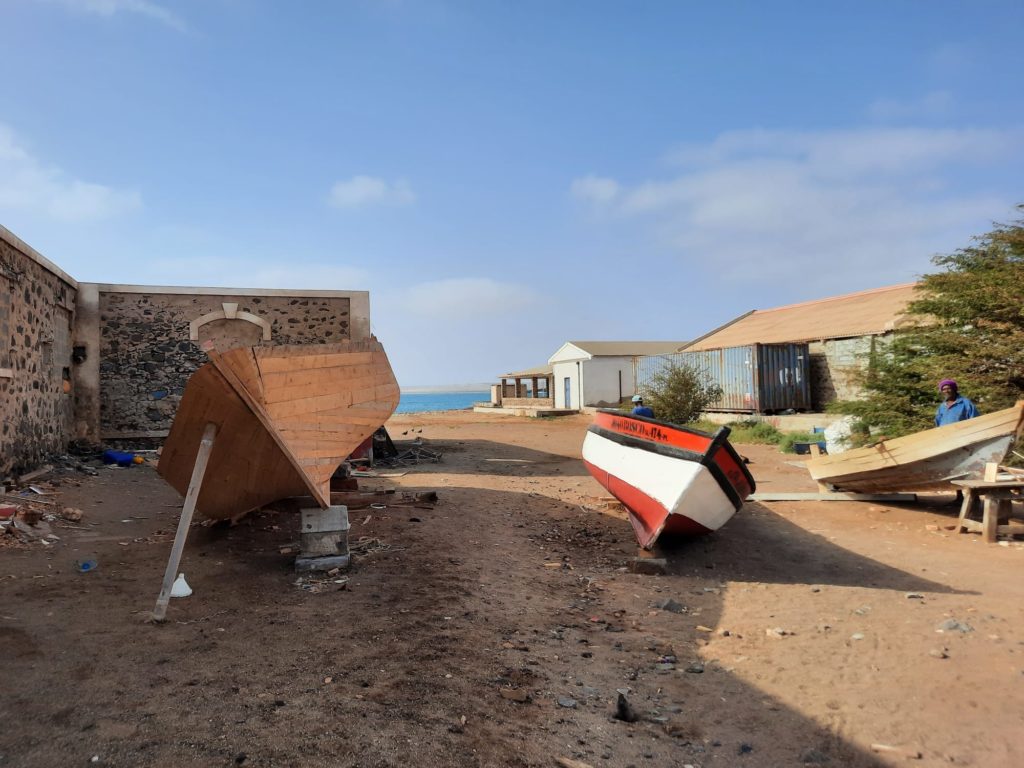
Pedra de Lume
If you make time to visit one place outside your hotel while you’re on Sal, go to Pedra de Lume. This is, after all, the reason why anyone is here at all. This was the salina (salt evaporation pond) which Martins started to exploit circa 1796 according to the UNESCO World Heritage entry. And it’s in a fantastic location: the crater of a volcano (Pedra de Lume translates as ‘stone of fire’).
Today you can pay a small fee to go inside and get up close to the salt pans. Or you can walk up a little from the car park to get a view from on high. We did the latter, as part of a Historical and Heritage half day tour with Sal Experiences. You get a great perspective on the strangeness of salt pans inside a volcano (essentially salt water rises from deep in the earth and then evaporates), as well as the infrastructure supporting the salt trade. In 1804 Martins had a tunnel cut through the crater towards a little port at the seafront, and a French company installed an aerial tramway in 1901 to reduce the manual effort to carry the salt down.
As well as seeing the volcano and salina, it’s worth walking around the small settlement of Pedra de Lume. The rusting, abandoned infrastructure is fascinating. As are the bizarre, also abandoned styrofoam construction projects of the salt mine’s current owner. No, I’m not kidding. Like nothing I’ve ever seen.
So Pedra de Lume, in one small site, takes you from the beginnings of settlement on Sal to the present day. As well as taking in its landscape and geology. Not a bad start on our low-key exploration of the island. If your next cocktail is not yet calling, though, what else can you see?
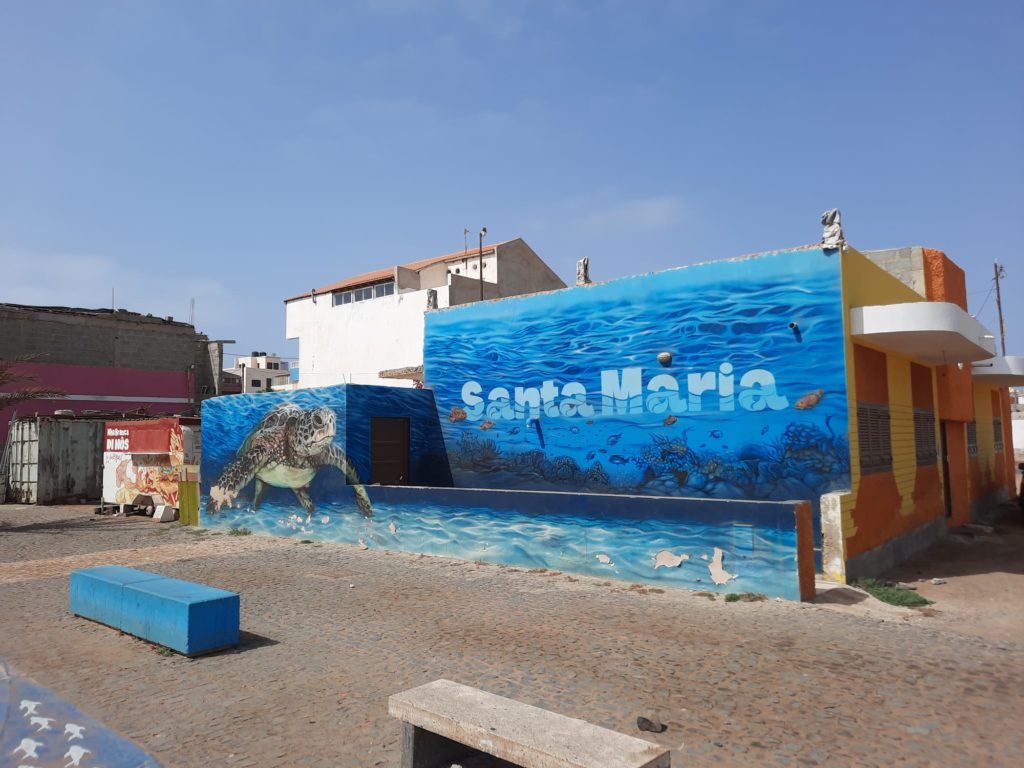
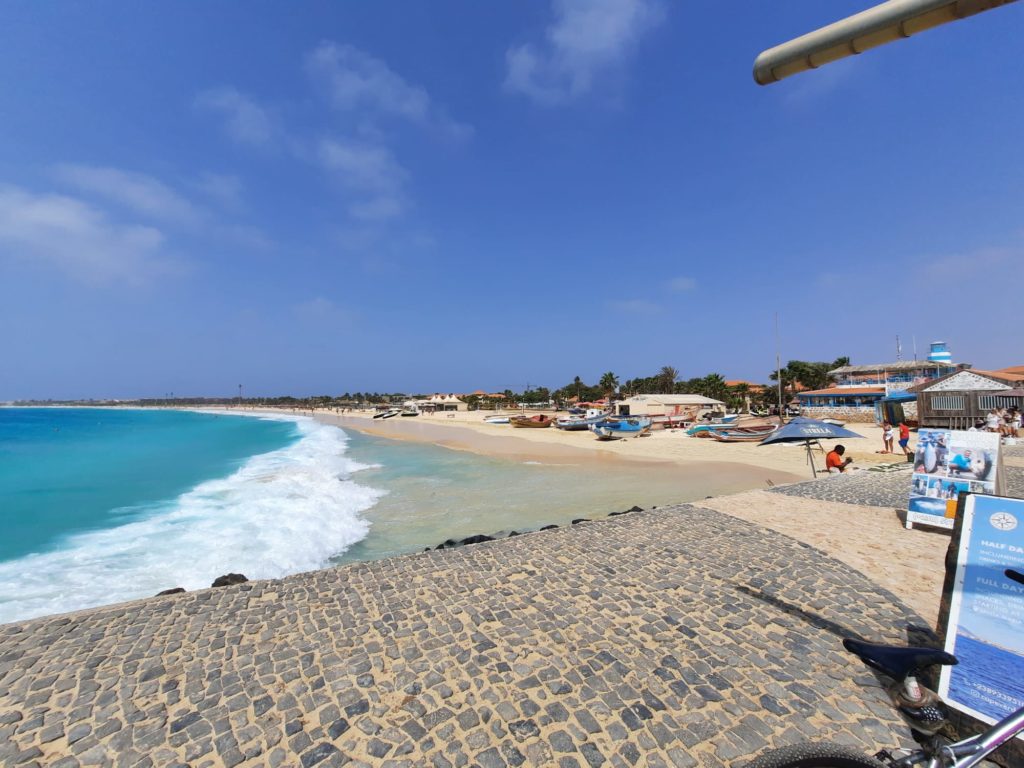
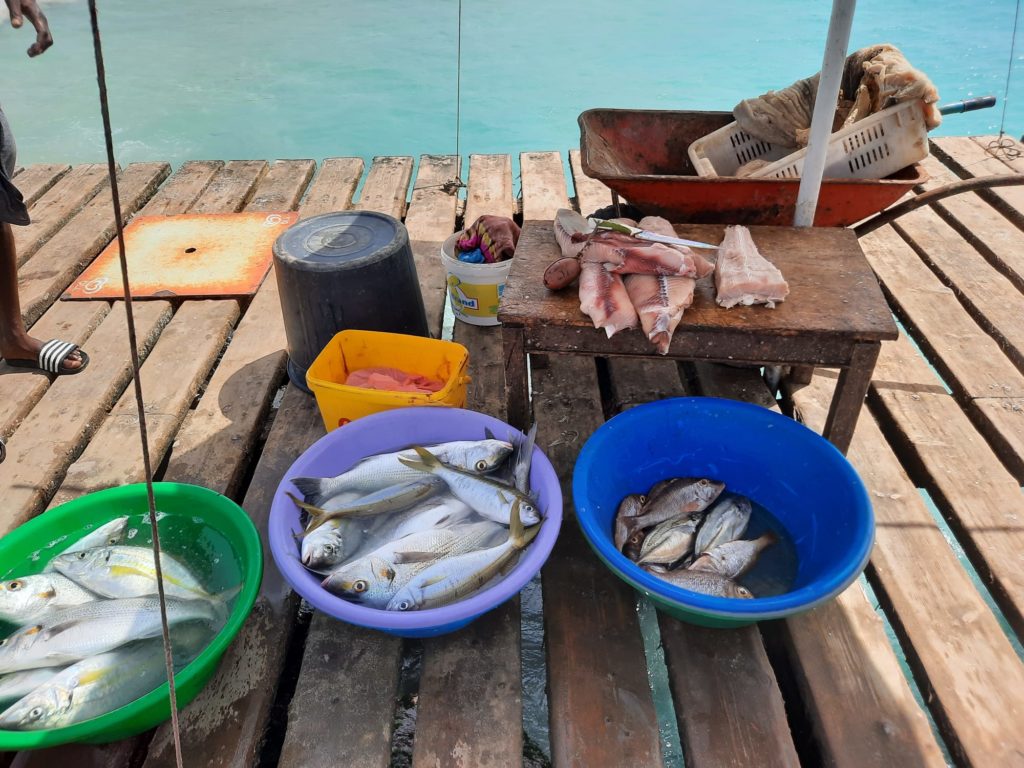
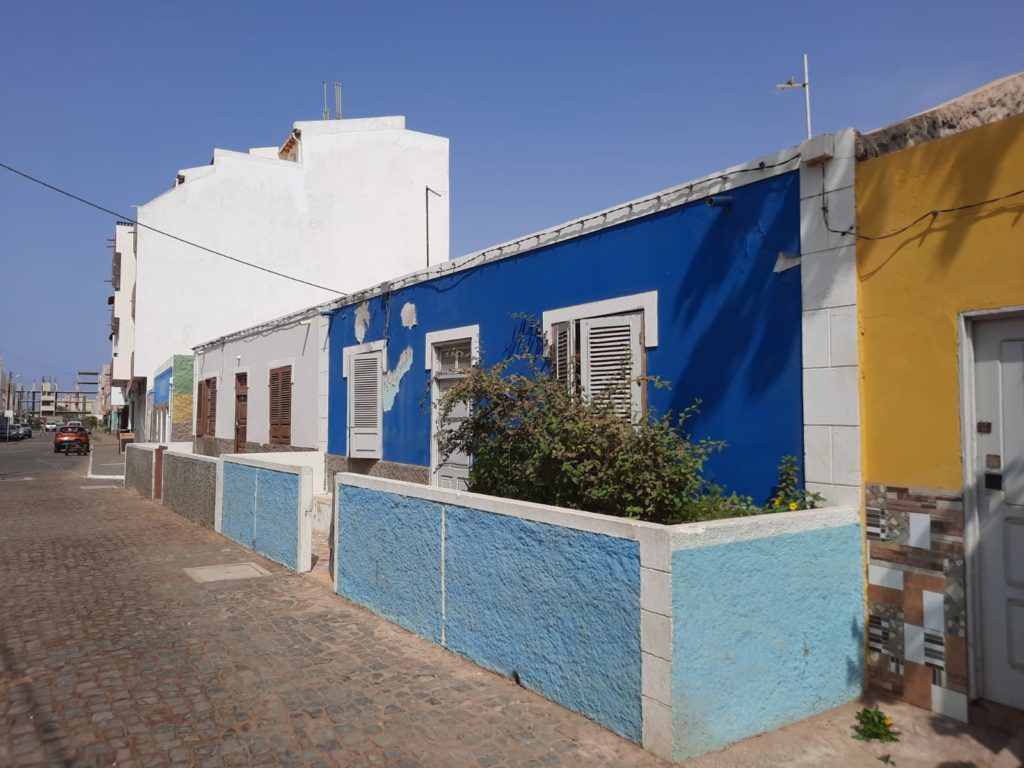
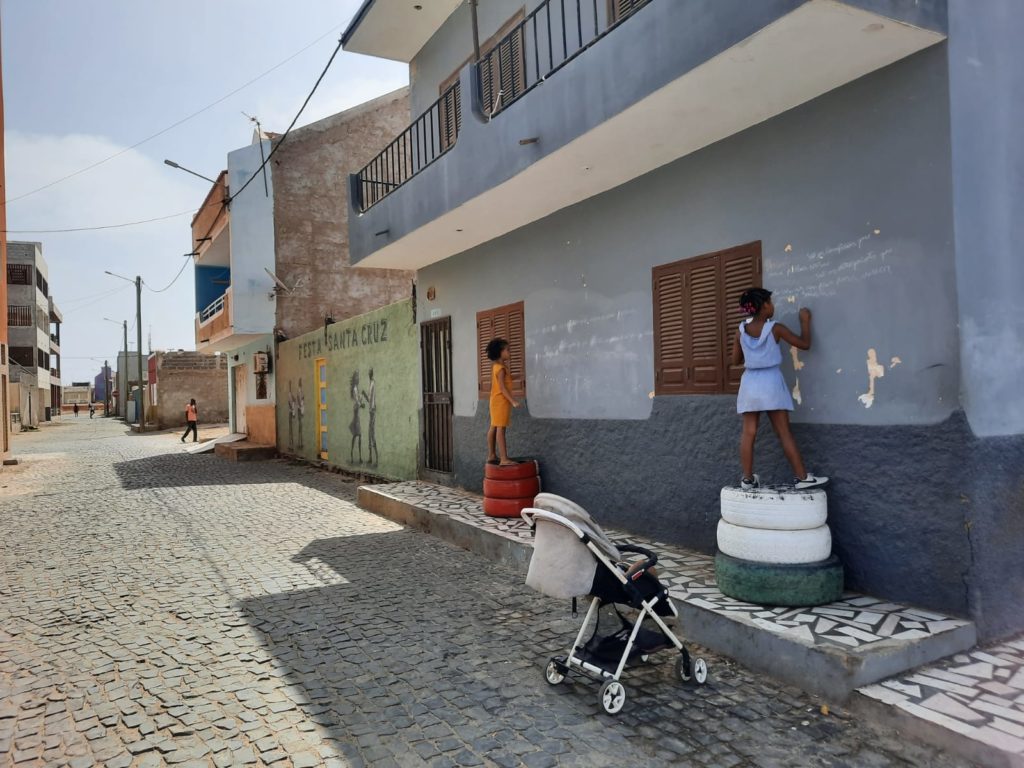
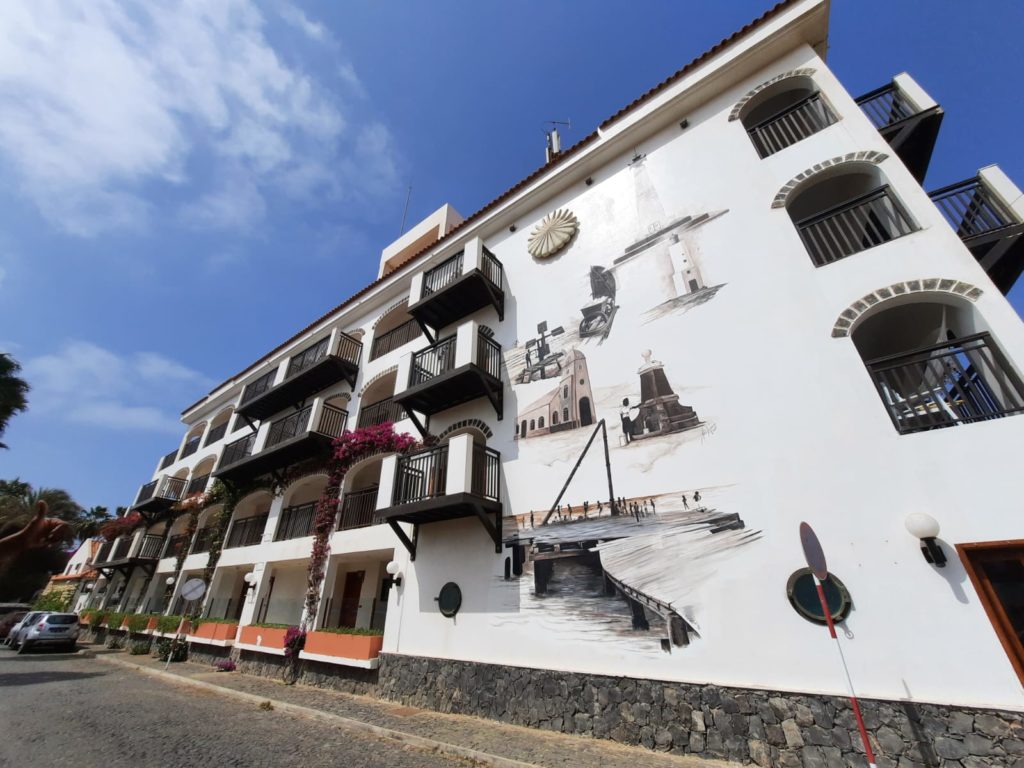
Santa Maria
The town of Santa Maria is one of Sal’s larger settlements, but still has fewer than 10,000 residents. It was the busiest part of our week in Sal, however, so our hotel felt like an oasis of calm when we later returned to it. We visited Santa Maria on the same half day tour I mentioned above.
The founding of Santa Maria came about in 1830 to facilitate the export of all that salt. Its fortunes rose and fell alongside the salt trade: depression when sales to Brazil declined, recovery when someone new took over the salt mine and increased production. Santa Maria was also the birthplace of Sal’s tourist industry. It was here, in 1967, that Belgians Georges Vynckier and Marguerite Massart opened the first hotel. You can still stay there today.
There are a few interesting sights to see in Santa Maria. There’s a sprinkling of colonial architecture, although the houses almost encroaching on the salt pans are also interesting to see. The fish market is a popular sight. Nearby, you can see what was once the end point of a sail-powered railway. There’s also a lovely beach, and plenty of bars and restaurants overlooking it where you can try local specialties you may have read about but not seen at your hotel. That’s what we did: more on this later. We also picked up most of our souvenirs here as there are one or two cooperatives which work with local producers.
It’s easy to visit Santa Maria via a quick taxi ride from any Sal hotel. In fact, most hotels are in the Santa Maria area. By visiting it as part of a guided tour we got a bit more history and context which added to the experience.
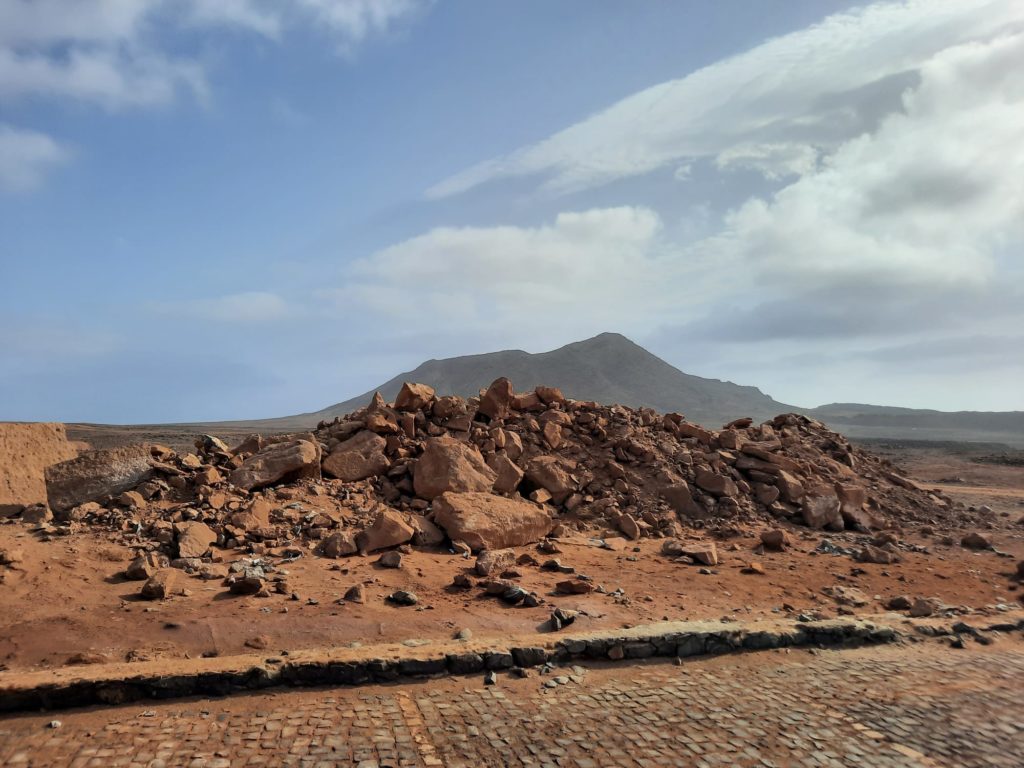
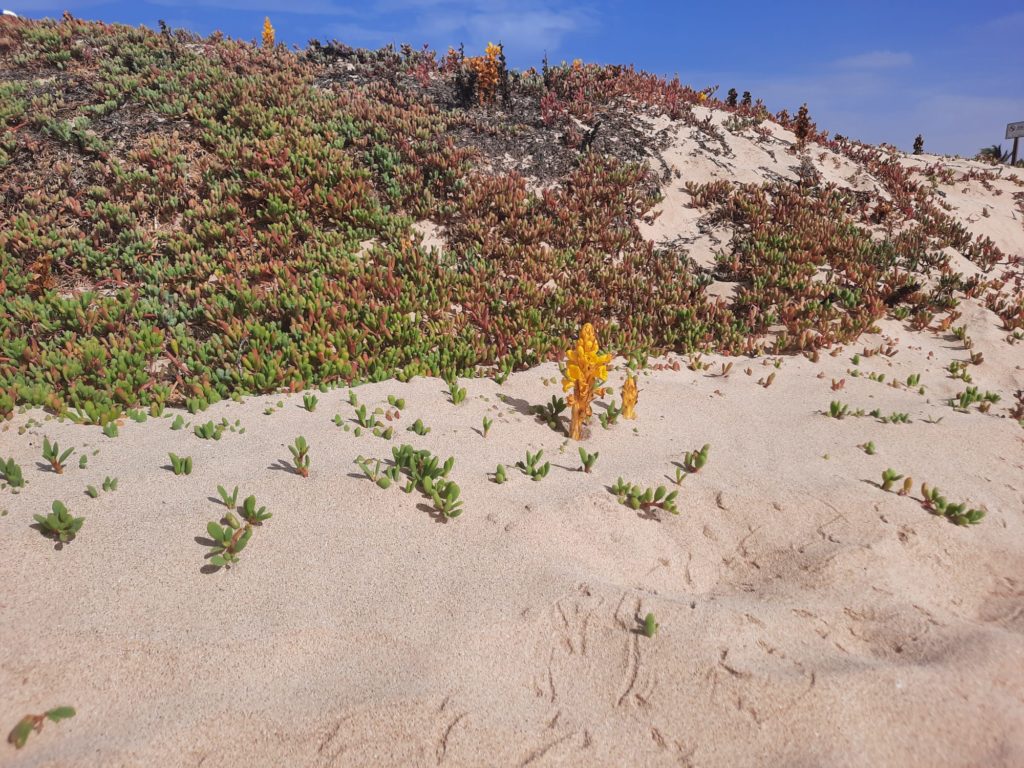
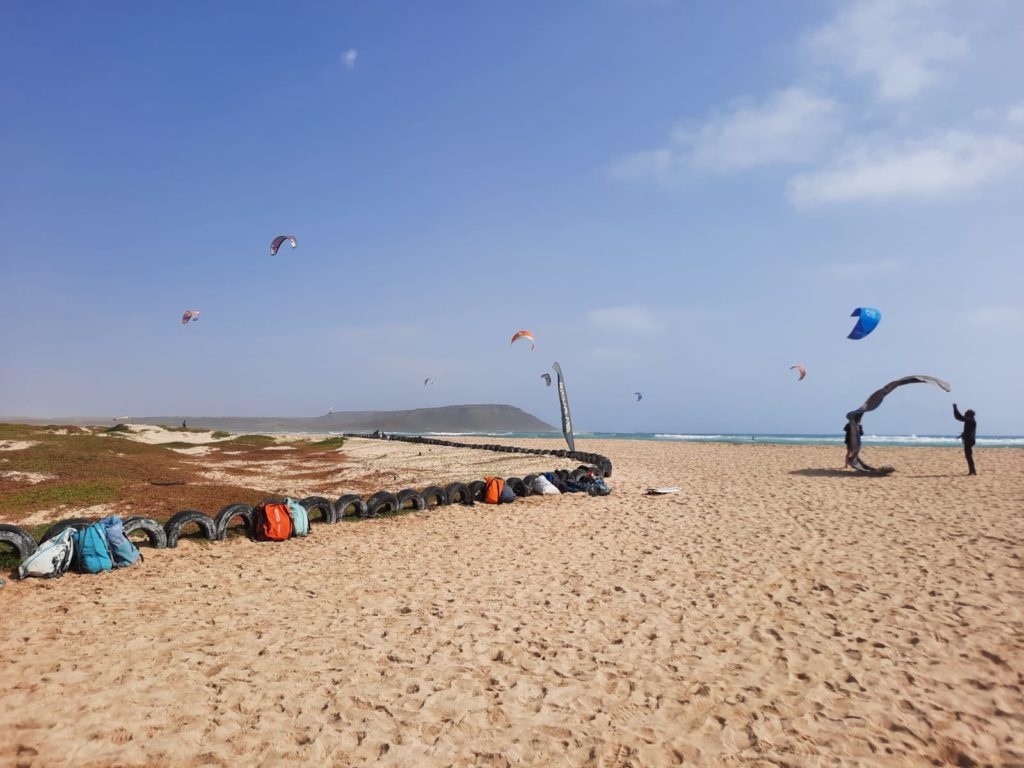
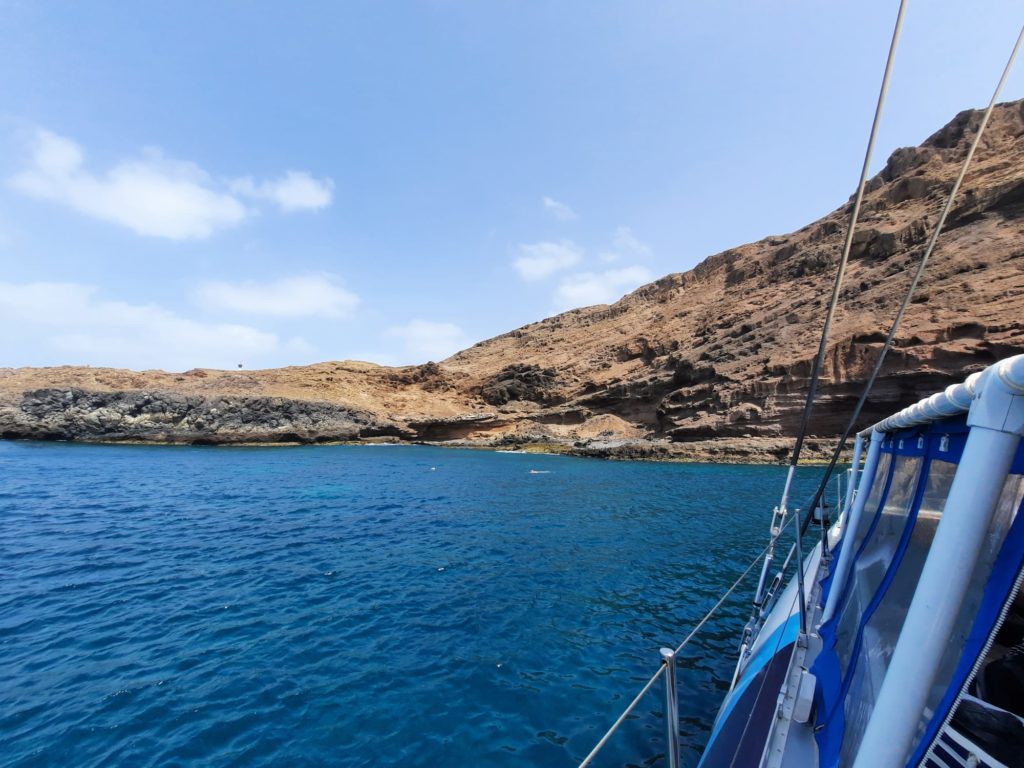
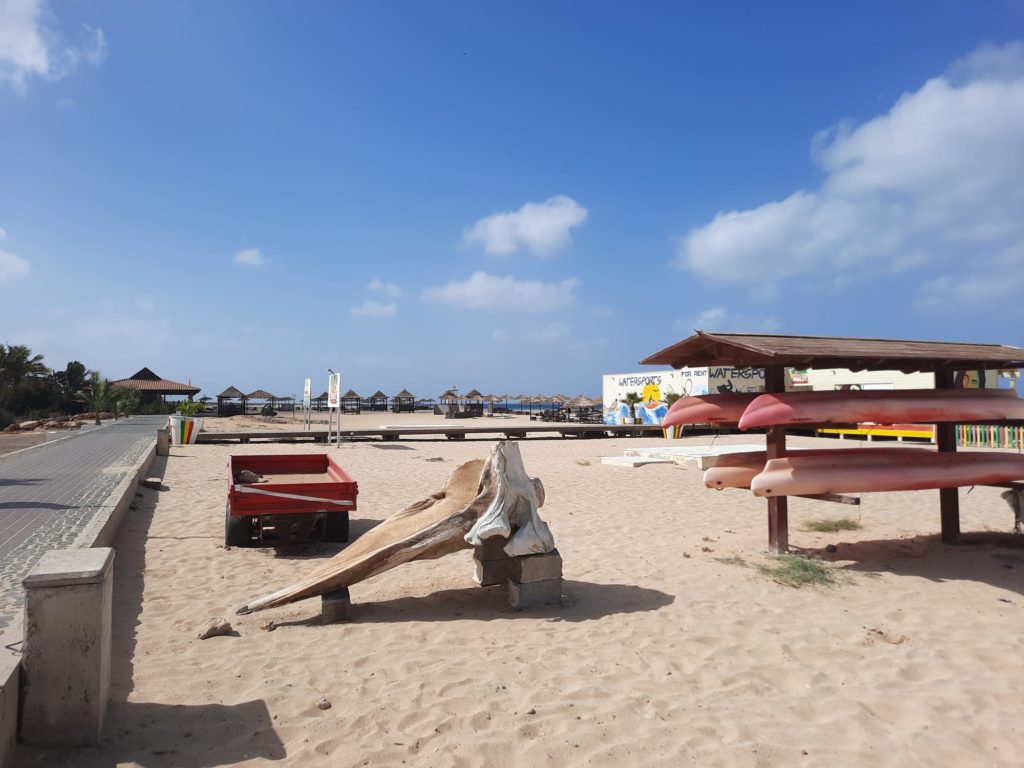

Nature and Adventure
Sal is also a great destination for nature lovers and adventure sports types. Let’s cover off the latter part first: Sal is one of the world’s best kite surfing destinations. For us in our all-inclusive the windier days were one of the small annoyances of our off-season holiday. But for all the kite surfers at Ponta Preta, conditions were perfect. We made a brief stop here on our half-day tour, and as Sal is so flat you can see the kites flying from quite a distance. Locals have also got into kite surfing, and it’s a sport in which Cape Verde competes on the international stage.
If you like your interactions with nature to be a bit calmer, never fear. I’ve already mentioned the desert, almost lunar landscapes which a walk around Pedra de Lume will reveal. Or without straying too far from your hotel, you can admire the tenacity of the few plants clinging to sand dunes. Please help them on their way by walking around rather than over them.
And I can’t do a section on Sal and nature without mentioning its wildlife seasons. Cape Verde has the third-largest population of nesting loggerhead turtles in the world. They visit between July and October, with most sightings in August. If you visit over these months most hotels will offer a nighttime turtle-sighting tour: again please minimise your impact as much as possible and choose a reputable provider.
As we visited in February, we didn’t see any turtles. But we did come during whale season! A lot of different whale species visit Cape Verde’s waters, but humpbacks come between February and May. There are surprisingly few whale watching tour options, but chance encounters are possible. We went on a tour offered through Tui where we thought we would be getting cocktails and a quick snorkel. But the staff are experts at spotting whales in the vicinity, and when they spotted some on our return journey we paused on our path without crowding them. Seeing humpback whales breaching and skimming the waves was a true highlight of my trip.
A quick final word on swimming and snorkelling. The seas around Cape Verde tend to be rough in the winter months. Many hotels find solutions by constructing wave breaks to make things safer. We brought our own snorkel and were thus able to see some local marine life mere metres from the hotel. Snorkelling and scuba diving excursions are also possible.
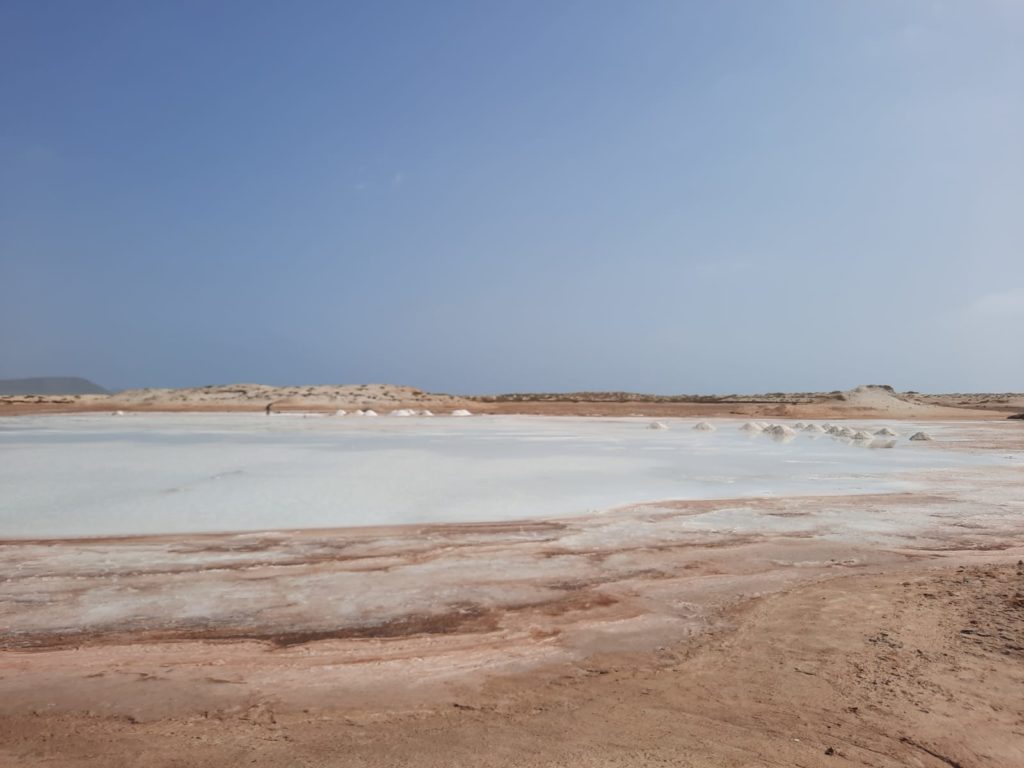
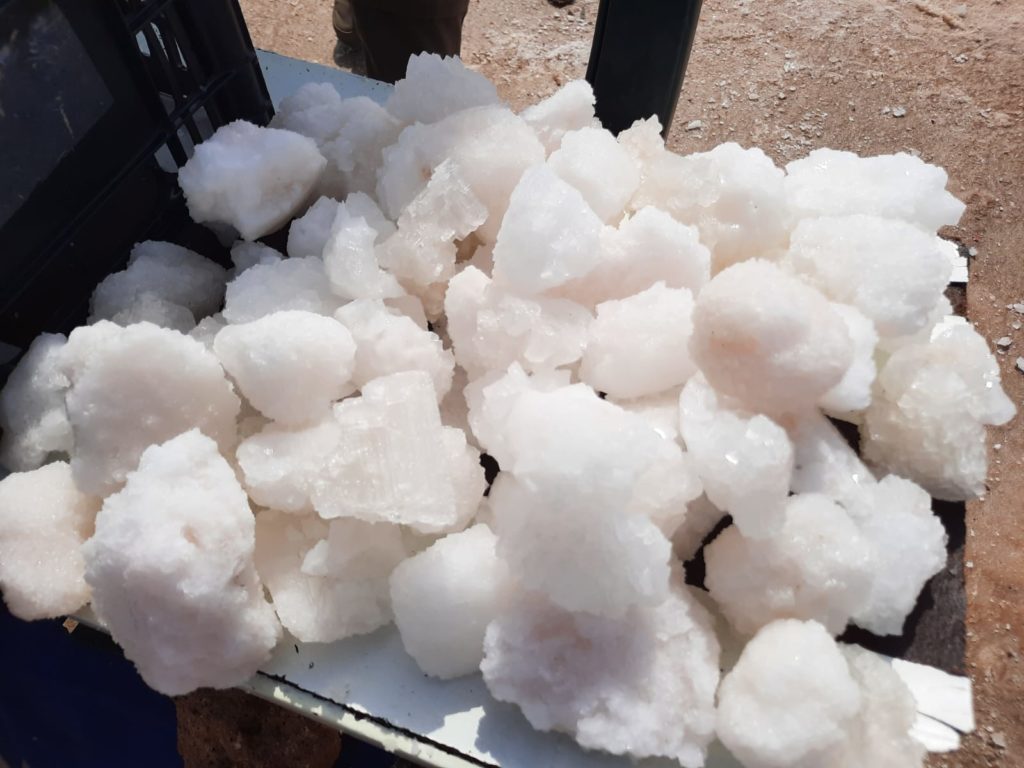
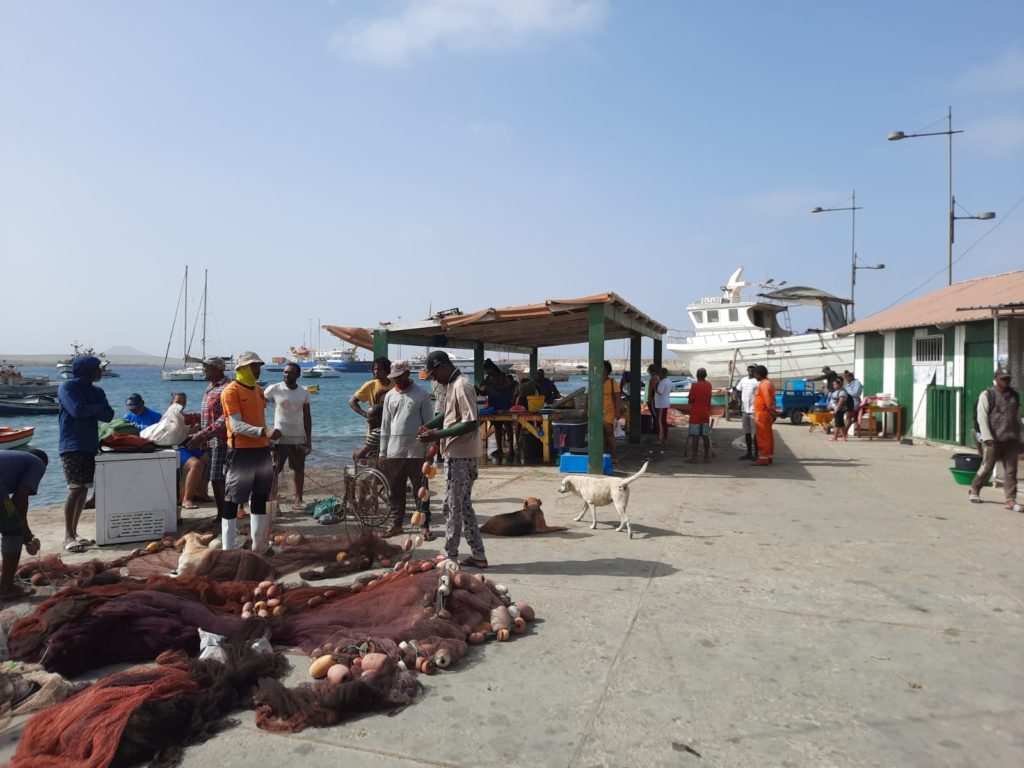
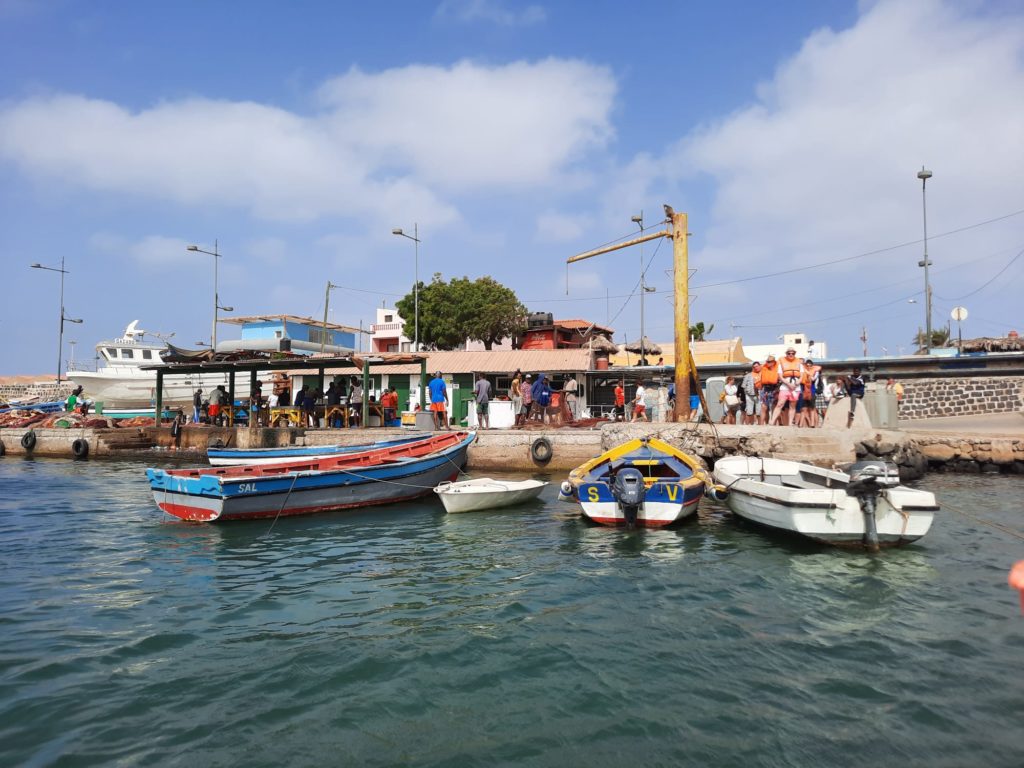
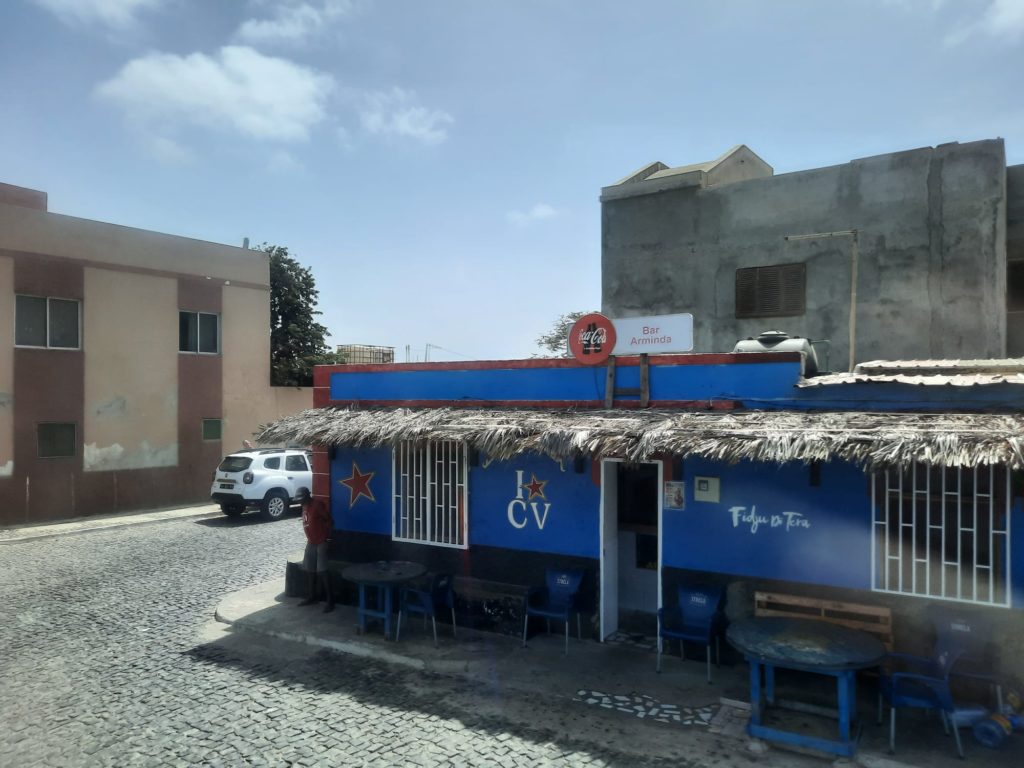
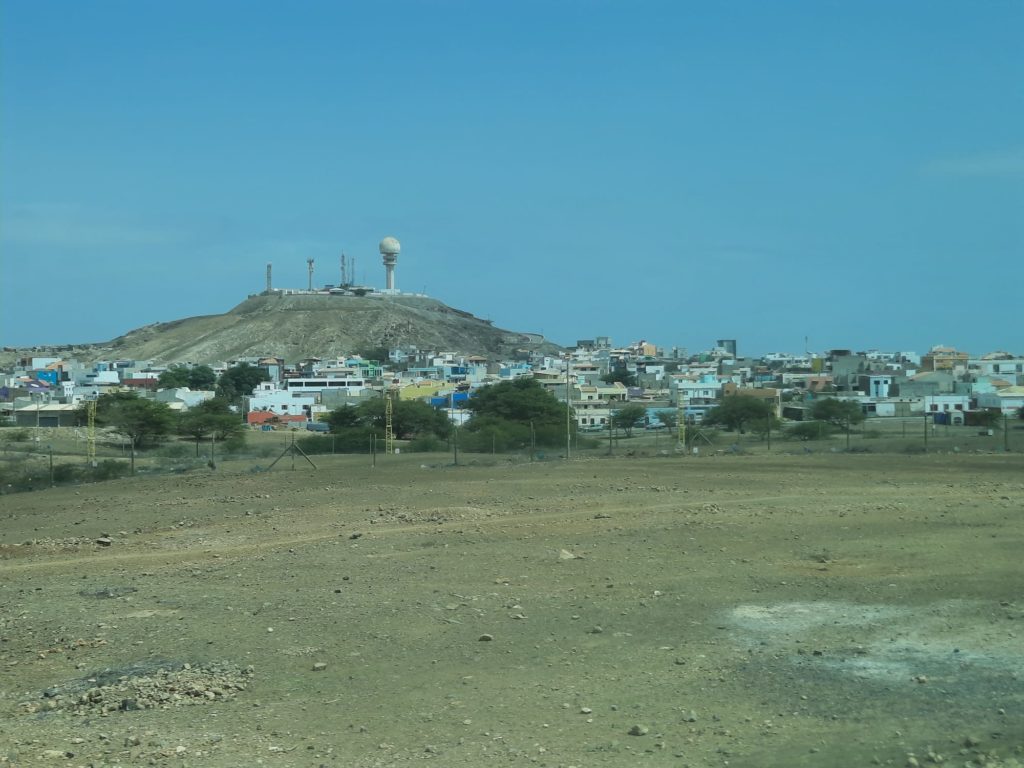
Other Sights
Aside from what we’ve already looked at, there are a few other tourist sights on Sal, but not an exhaustive number. I mentioned before that we did a boat trip during our week in Cape Verde (with the added bonus of seeing whales!): this trip departed from Palmeira which is an attractive fishing village. There’s a fresh fish market down at the harbour, and some interesting architecture and cafes. Or you could visit Espargos, which is Sal’s largest settlement with a population of 20,000+.
Or if you didn’t have your fill of salt production already, you could head to the salt ponds near Santa Maria. Here you can get up close. Walk around the salt ponds, see people at work, and admire some of the larger crystals. There’s no entry charge: just wander over and take a look. You’ll also see a lot of salt products in local souvenir shops if you want to take some home with you.
Another of Sal’s claims to fame is its part in aviation history. Remember how I said Cape Verde was a good staging post for trans-Atlantic travel? Well this was as true of early airlines as of ships. Italy started building a major airport here on Sal 1939 to take traffic between Europe and South America. They didn’t finish it before WWI began, but once completed it was the only international airport in the country for some time. Later, Sal’s airport was one of those provisioned to receive an emergency landing by NASA’s space shuttles, if necessary. The airport is named for Amílcar Cabral, an important part of the independence movement in Cape Verde and Guinea-Bissau.
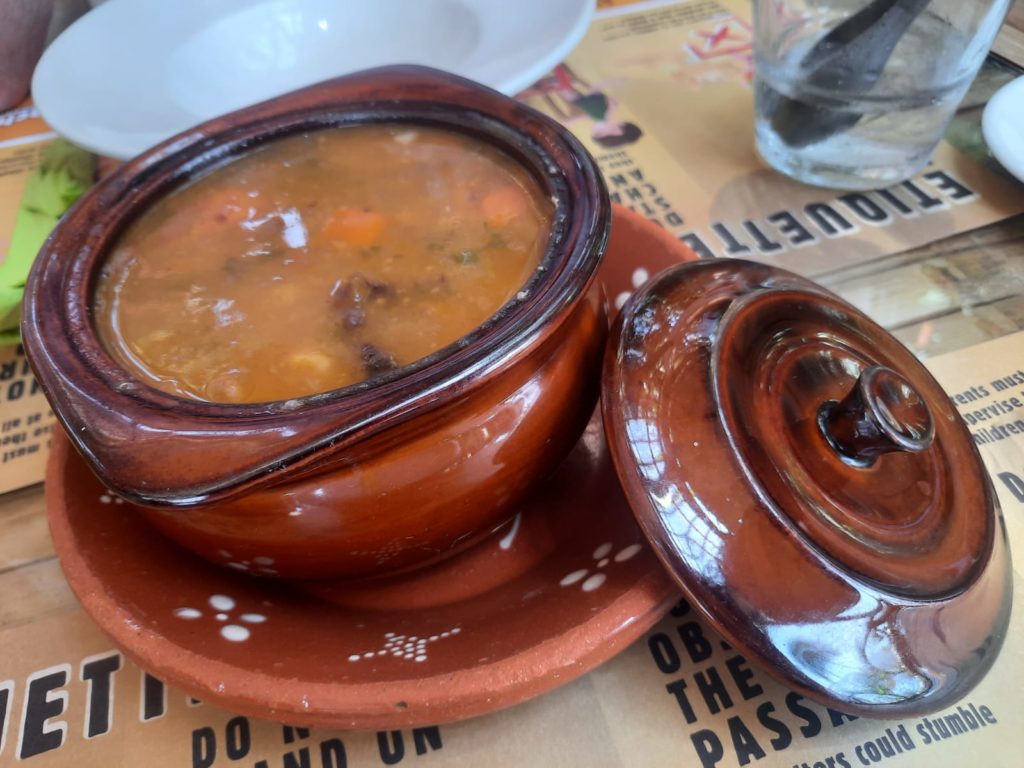
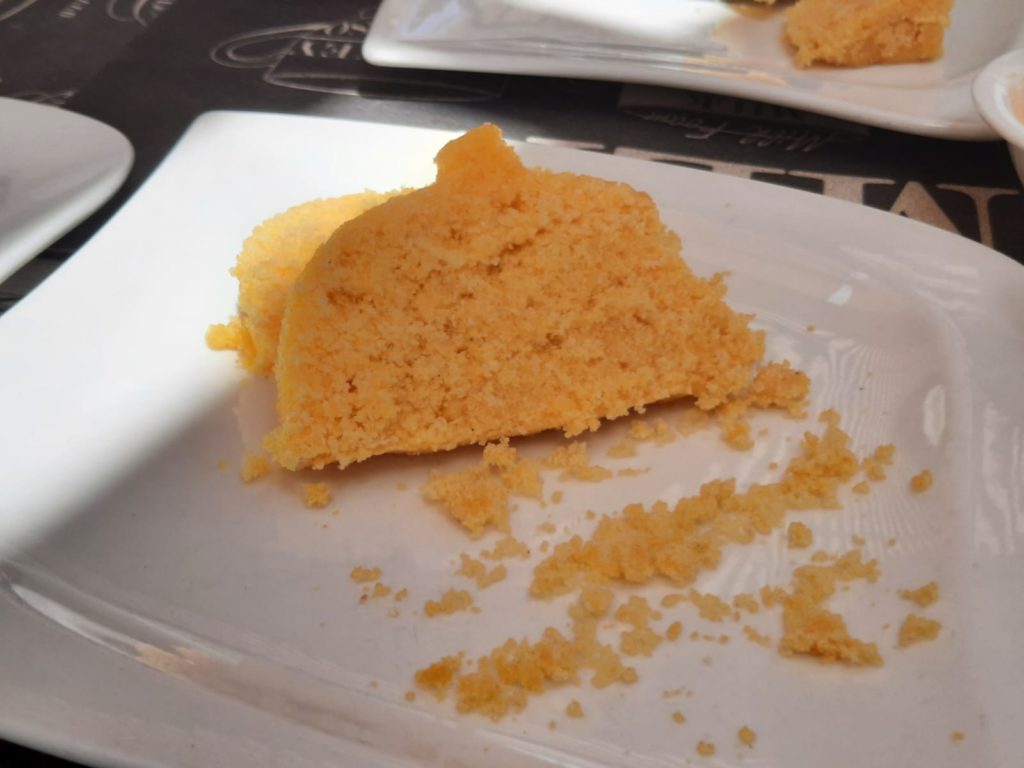
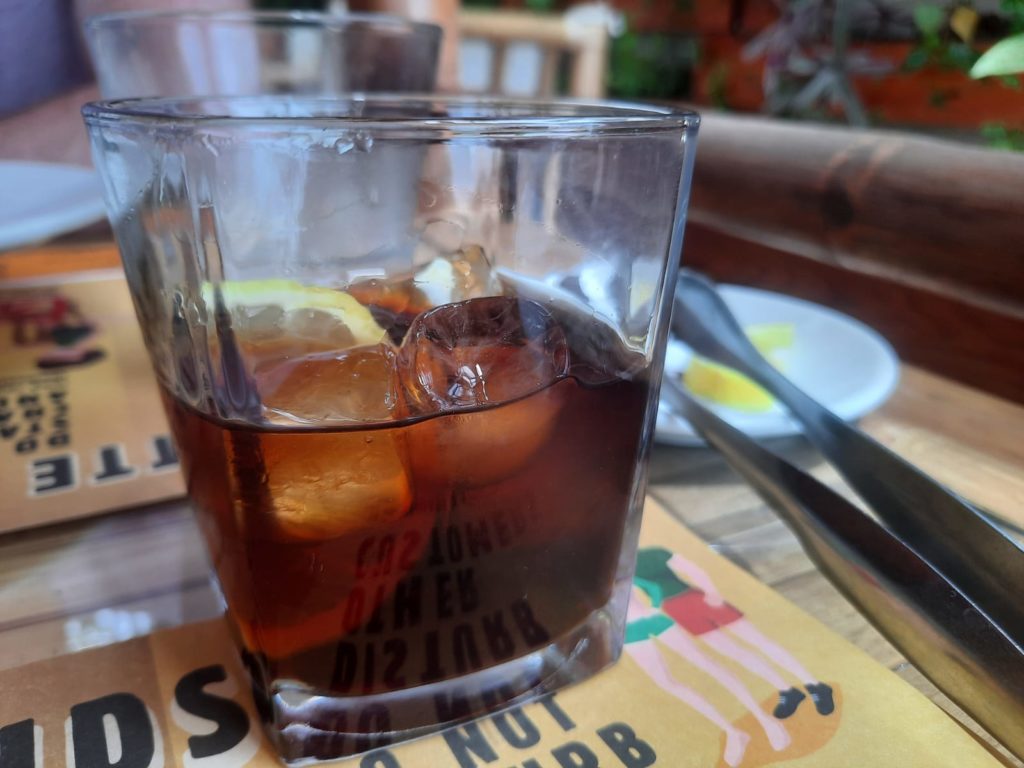
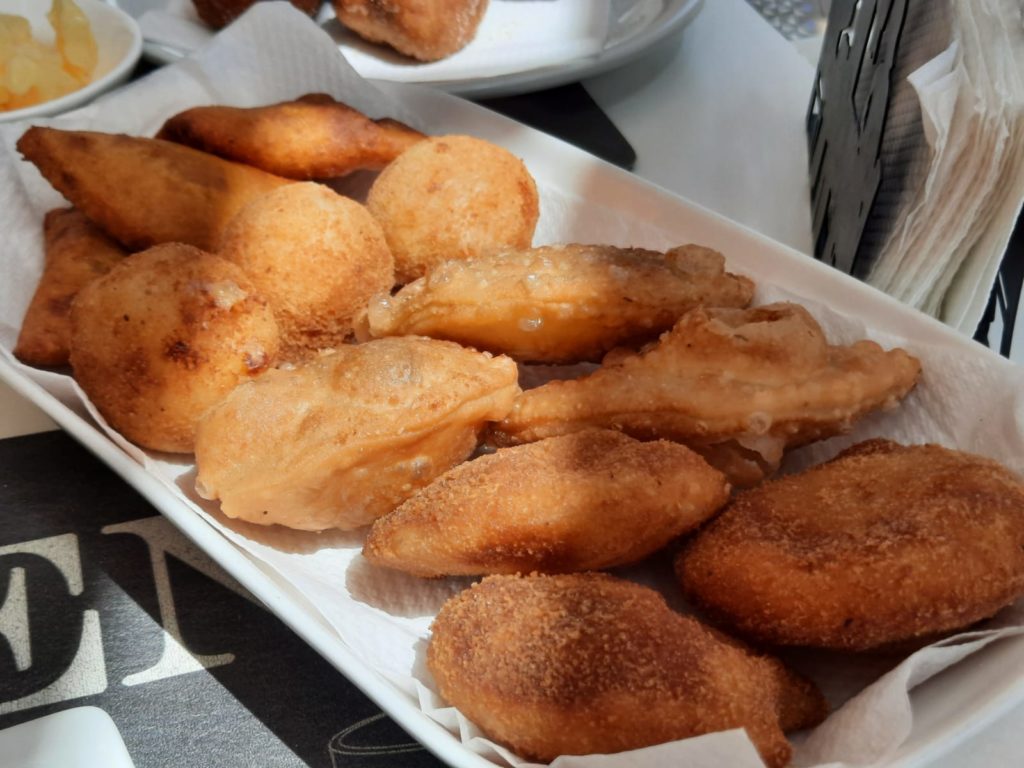
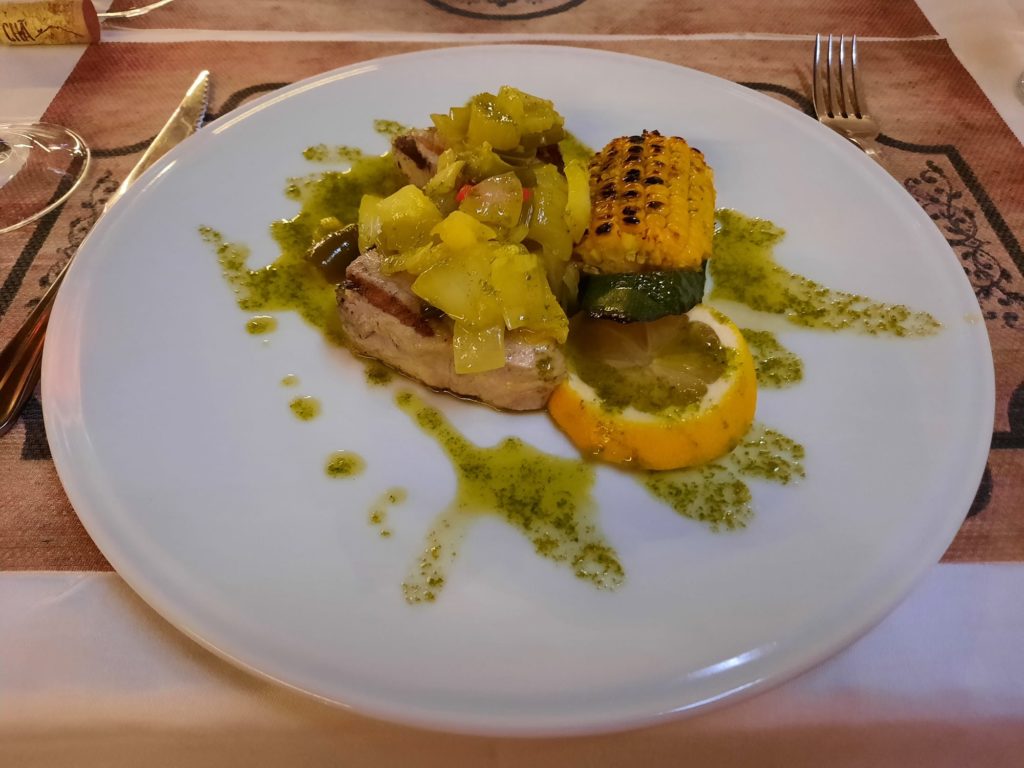
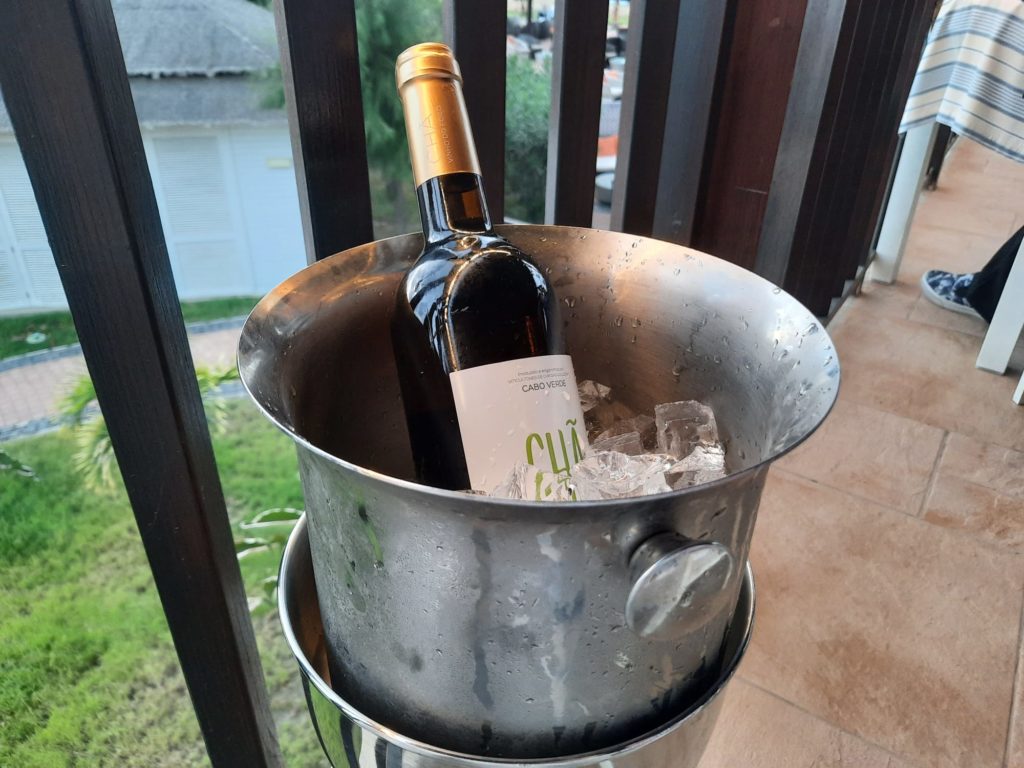
Food & Drink
As you might expect from the blend of cultures amongst the Cape Verdean population, Cape Verdean food has a lot of influences. Traces of cuisines from Africa and Europe/Portugal are evident. However, staying in an international hotel chain can make trying this food surprisingly difficult.
I had an interesting conversation with the guide for our half day tour about how much these hotel chains have changed the food landscape on Sal. As a child (and it’s not like he was very old), the staple produce were the things that can be grown in Sal’s tough terrain, or imported at low cost. Think cassava for instance, and other hardy plants with low intensity farming and water needs. But tourists have certain expectations, and so with tourists came the first apples, for instance. A lot more meat. And as so much of the population works in tourism that local people began to expect, and implement, changes in their own diets.
This is a small aside, and mostly a commentary on the fact that the food in most hotels is international rather than local. We had great local fish, but otherwise when you looked at the buffet most nights you could be anywhere.
So you will need to go further afield to try the sorts of dishes you might have read about before visiting Sal. Cachupa, for instance. This is a stew which has slightly different ingredients depending on who makes it and where. But it will generally have a mix of corn, pulses, cassava, sweet potato, meat and fish. Or you might have read about pontche, a mix of sugar cane spirit (grogue) and molasses or honey. We tried both while we were in Santa Maria. Another dish to look out for, whether you are out and about or your hotel does a Cape Verdean night, is couscous or cuscus (which is locally served compressed and sliced, and often sweetened).
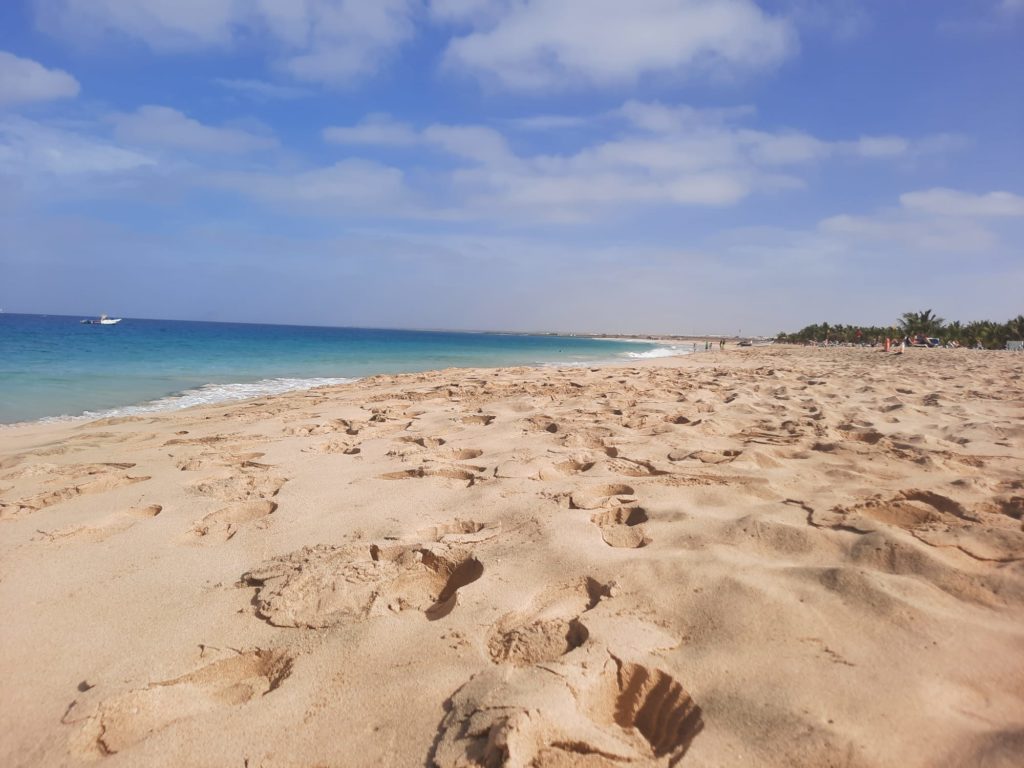
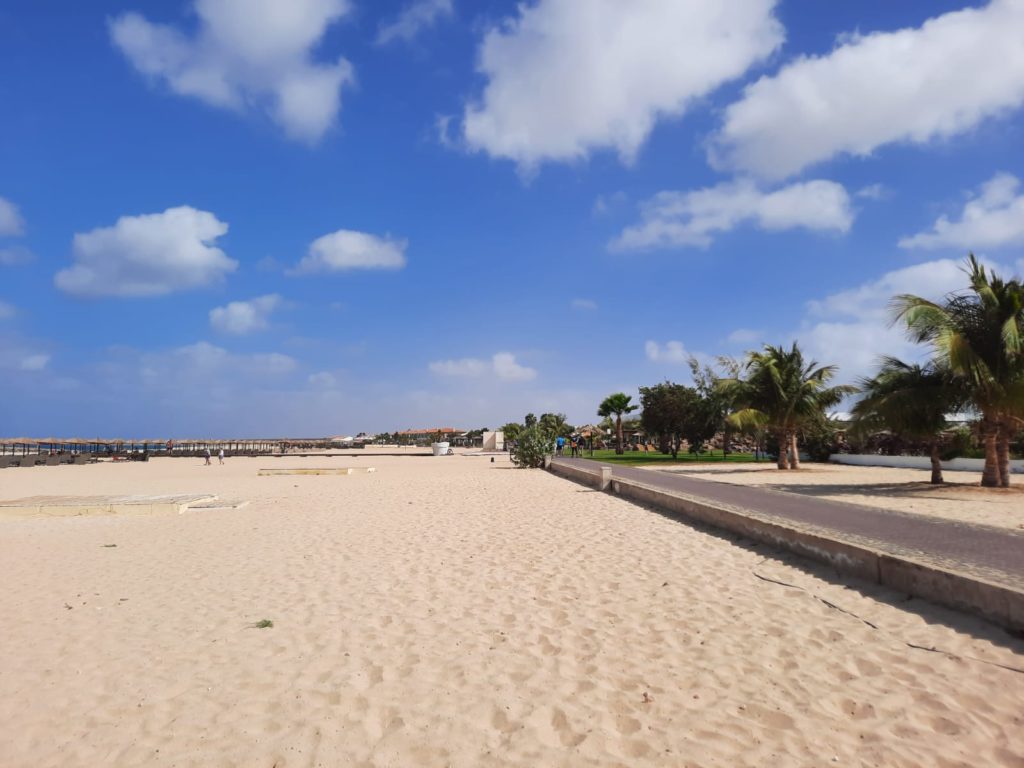
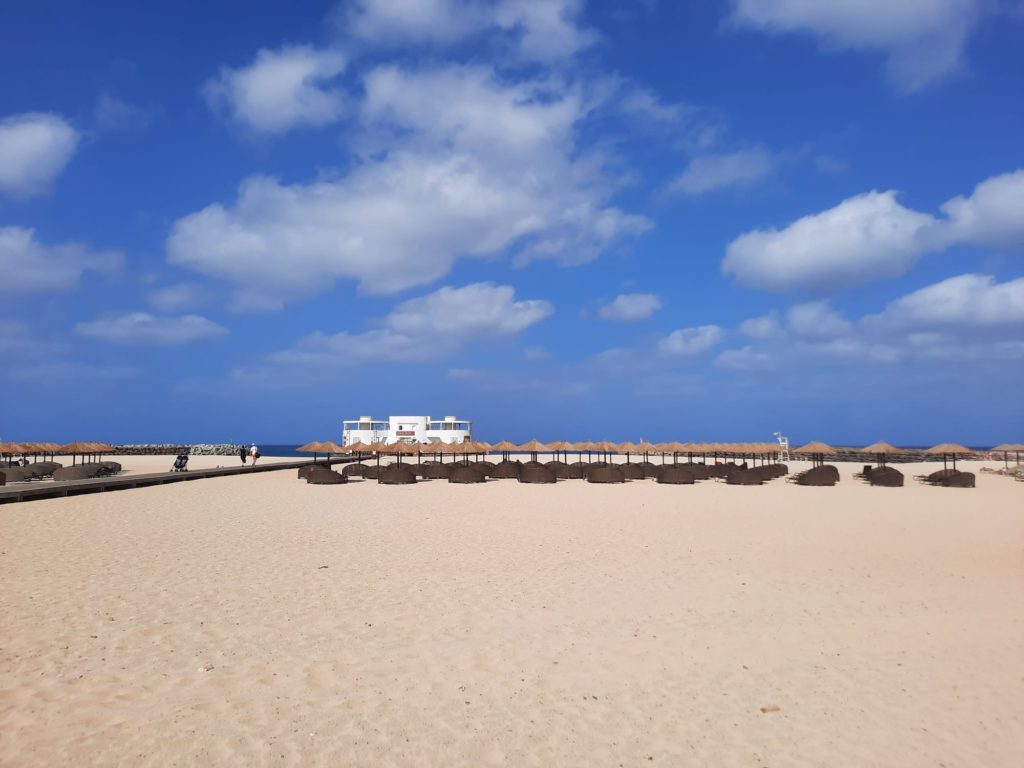
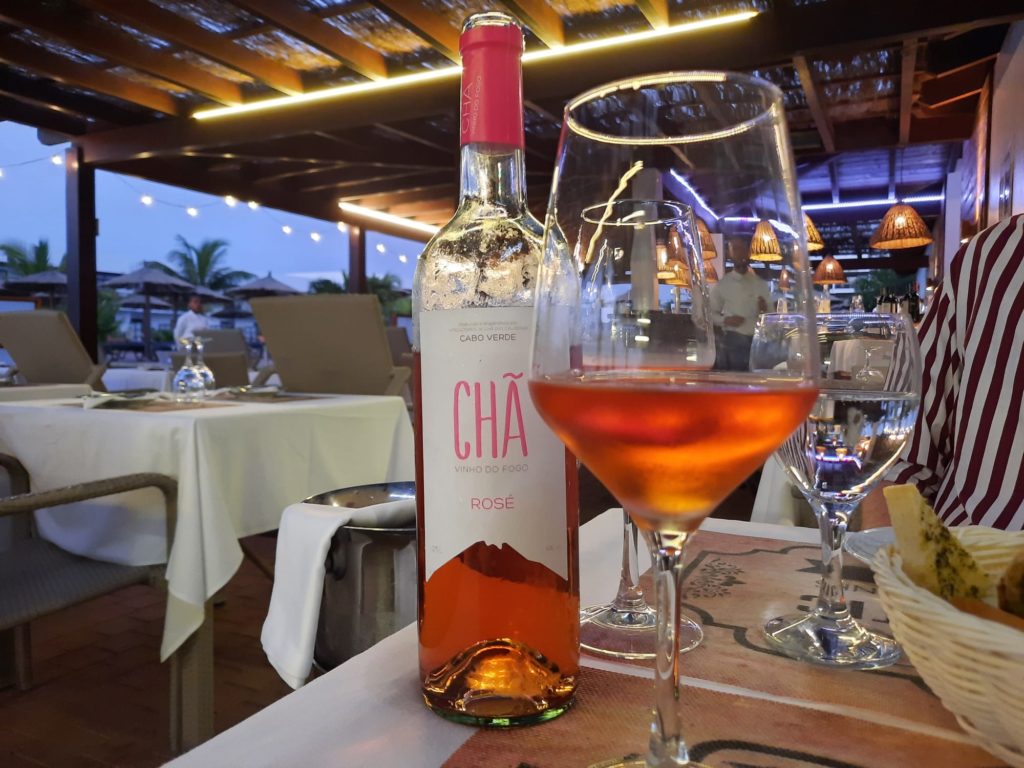
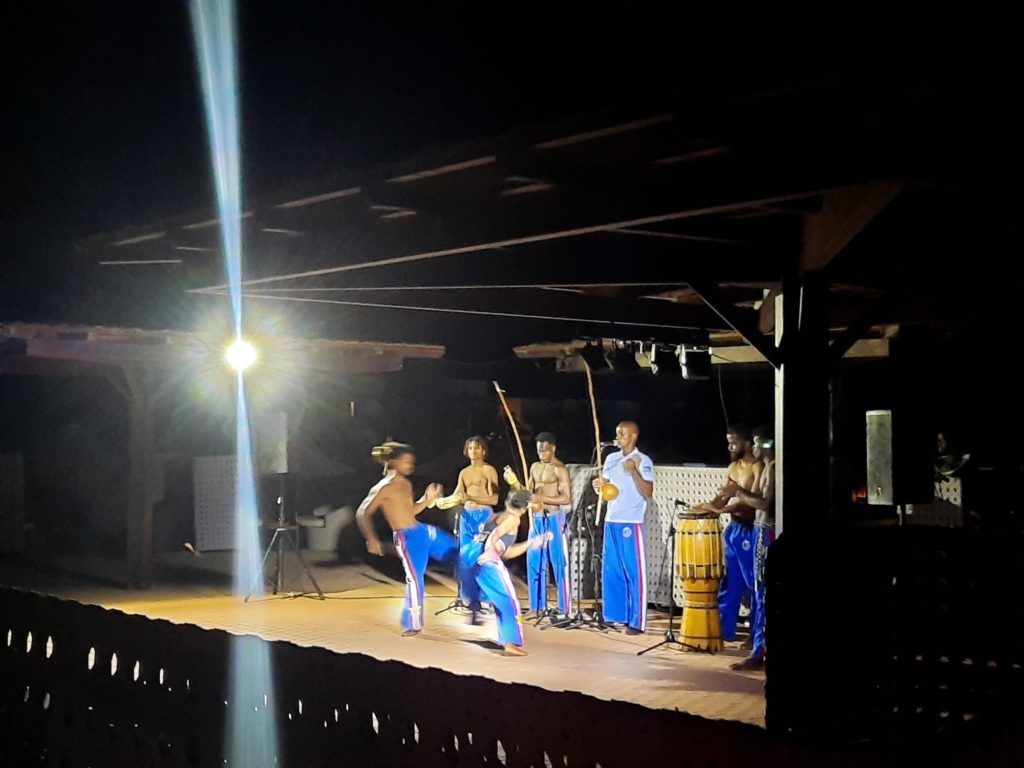
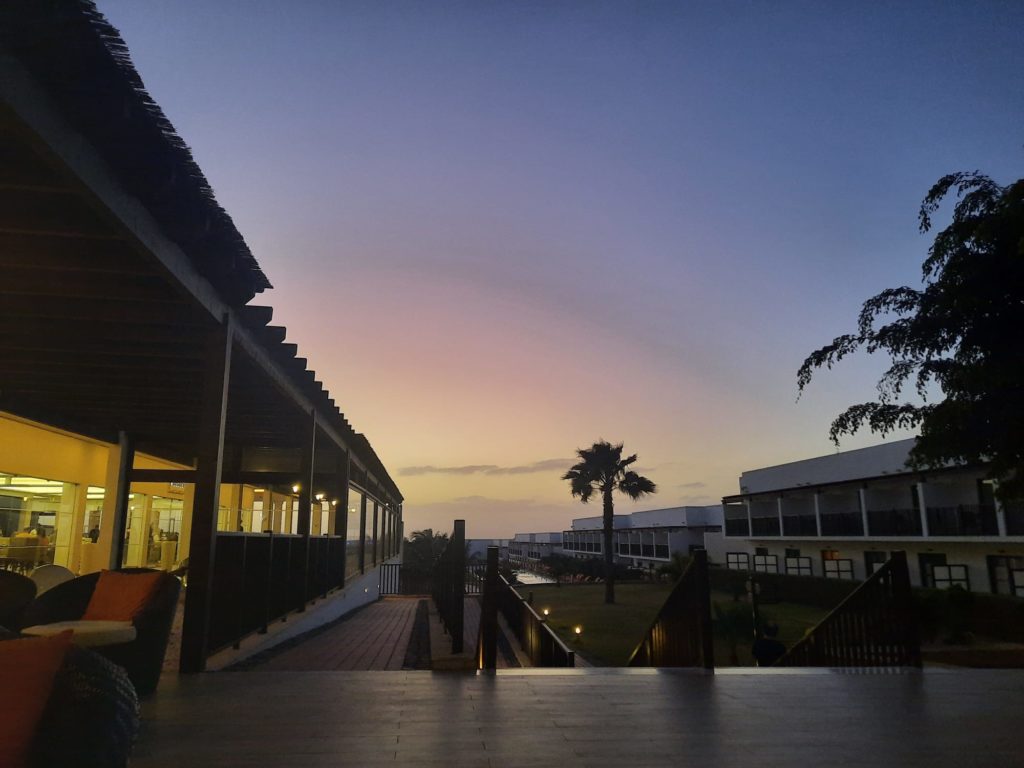
But I’m Here to Enjoy the Hotel…
You might have diligently read all the sections above (thank you!) and still be thinking “OK, but I’m really here for a beach holiday…” And you know what? That’s fine, you deserve it! This final section gives a few tips and tricks on how you can get a glimpse of Sal and Cape Verde while staying in and around your hotel.
- Check out hotel activities and themed nights. I’m really not much of a joiner normally when it comes to hotel evening entertainment. I’d rather chat over a wine or a cocktail. But evening shows can be fun, and are also a way that hotels bring a little local flavour to their guests. Our hotel did a weekly Cape Verdean dance night. Other options were less clearly local, including a capoeira demonstration. These can still be a way to see talented local performers sharing something of their culture with you.
- Keep an eye on the buffet. Most all-inclusive hotels offer different cuisines on different nights to keep things interesting. Our hotel had one Cape Verdean night per week, which was another opportunity to try cachupa, local fish, cuscus and more.
- Read the wine list. A lot of all-inclusives have premium drink options you can pay for. Once or twice during our week away we tried local wine. Not local from Sal, as it’s too dry for vineyards. But the volcanic island of Fogo produces some tasty white and rosé wines. Fogo is also a producer of coffee!
- Try the souvenir shop. Larger hotels will have their own souvenir shops. You may be able to pick up products like Sal salt, Fogo coffee, soaps, wax print fabrics, and more.
- Go for a walk. We didn’t have to go too far from our hotel to see a turtle nesting site, dune landscapes, or sun-bleached whalebone. Since we had brought our own snorkels, we could also check out some of the local marine wildlife in the swimming spot next to our hotel.
And that’s it! I hope you’ve enjoyed this short guide: let me know in the comments if it inspires you during your own trip to Sal.
Trending
If you see this after your page is loaded completely, leafletJS files are missing.

